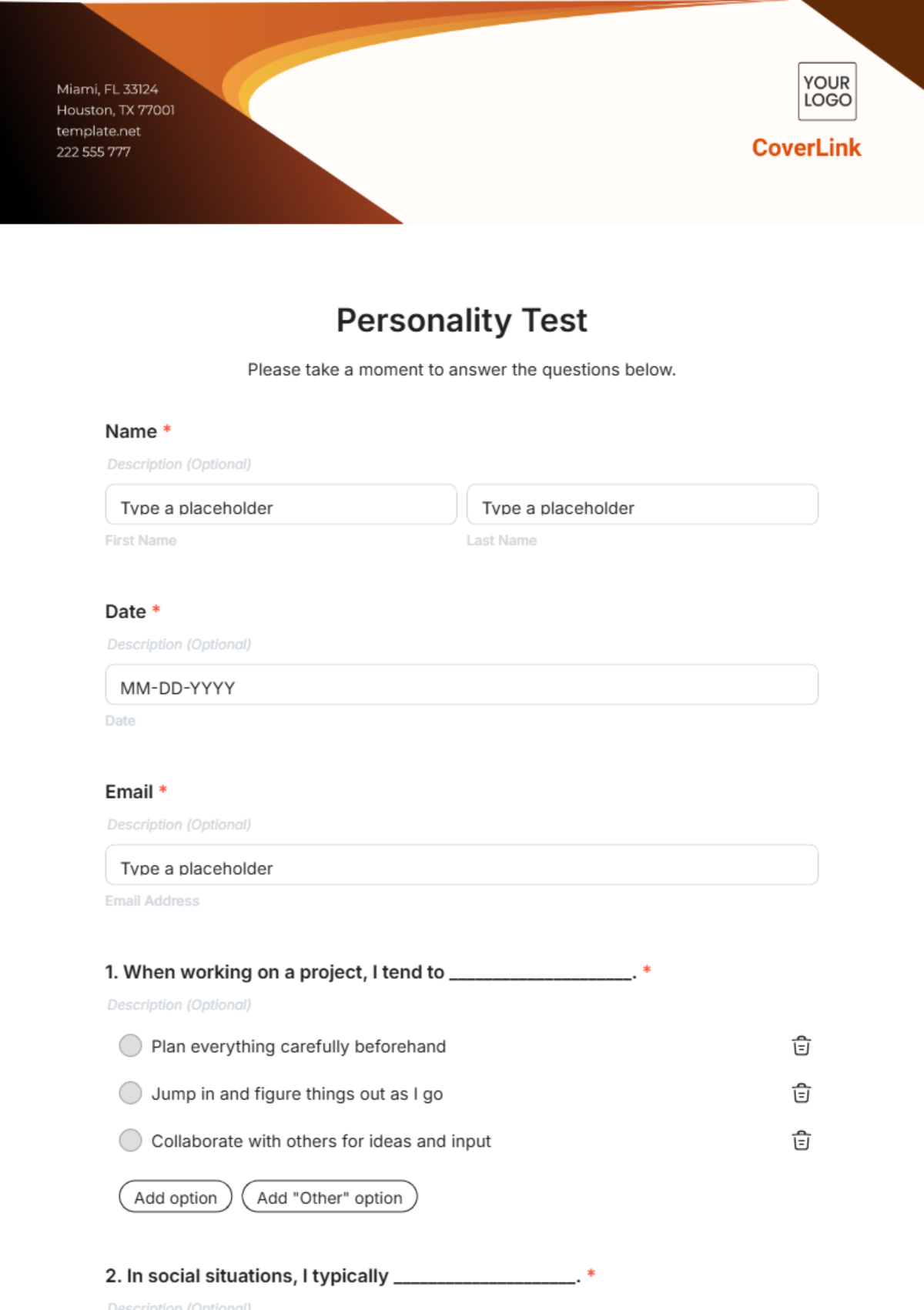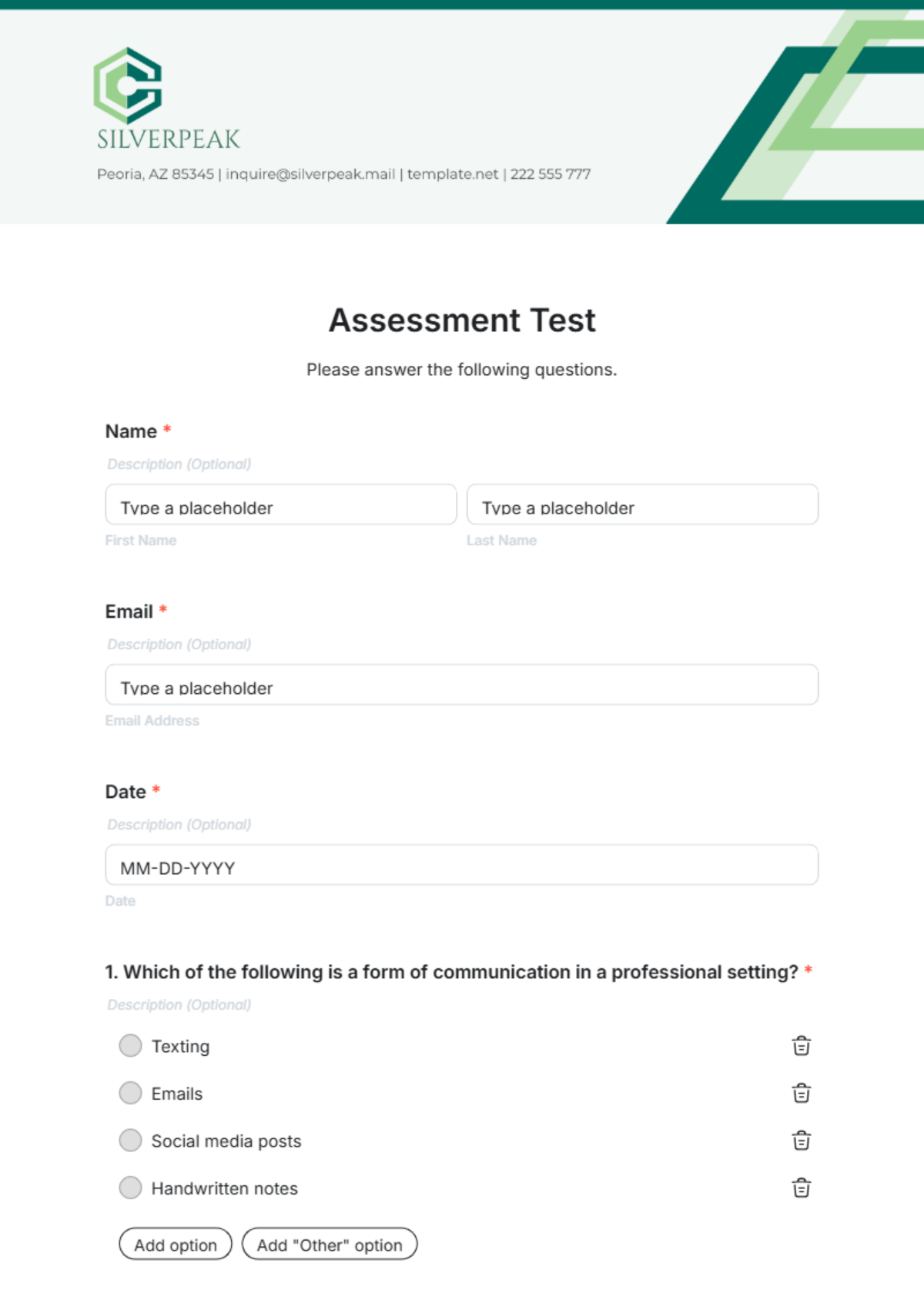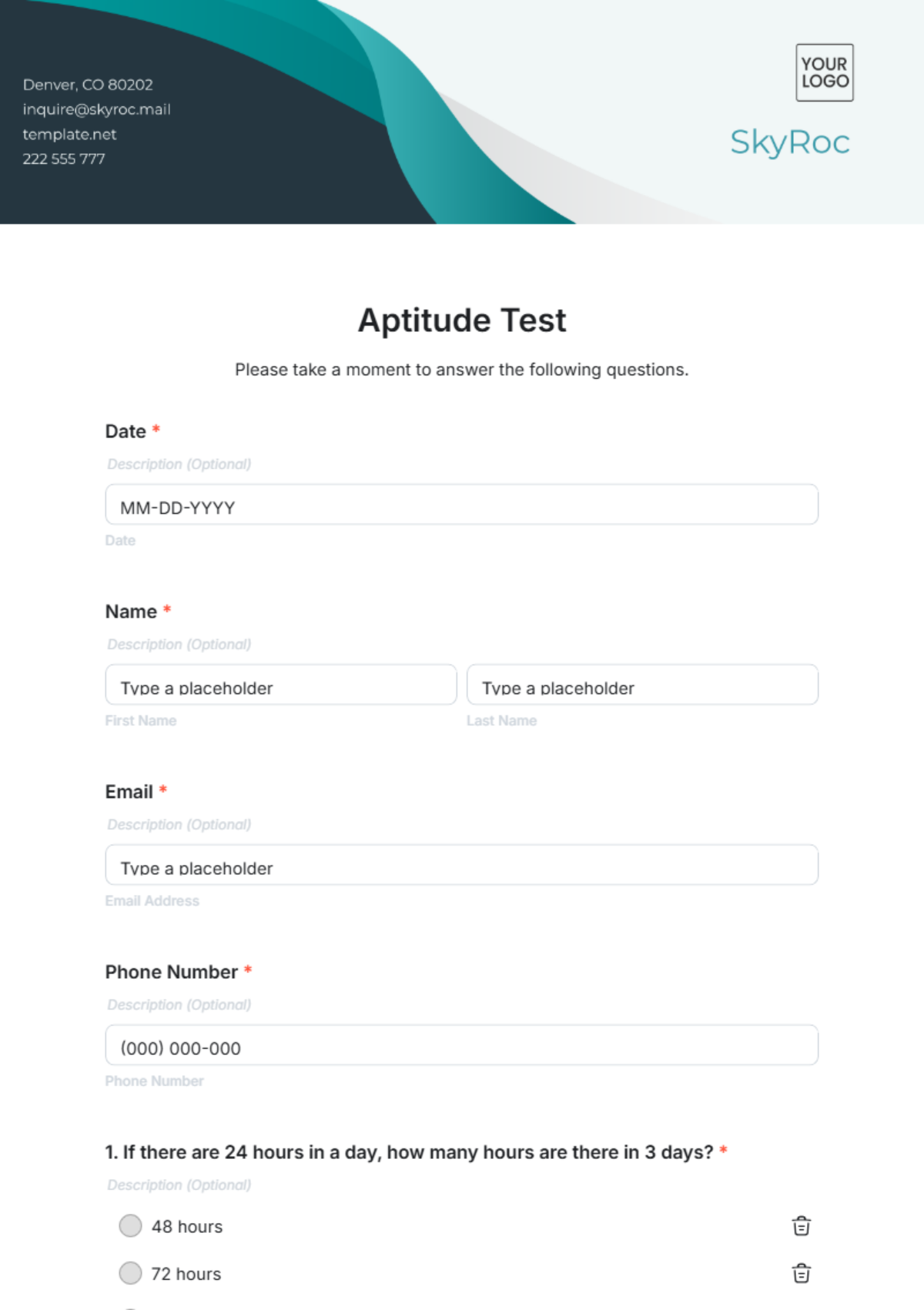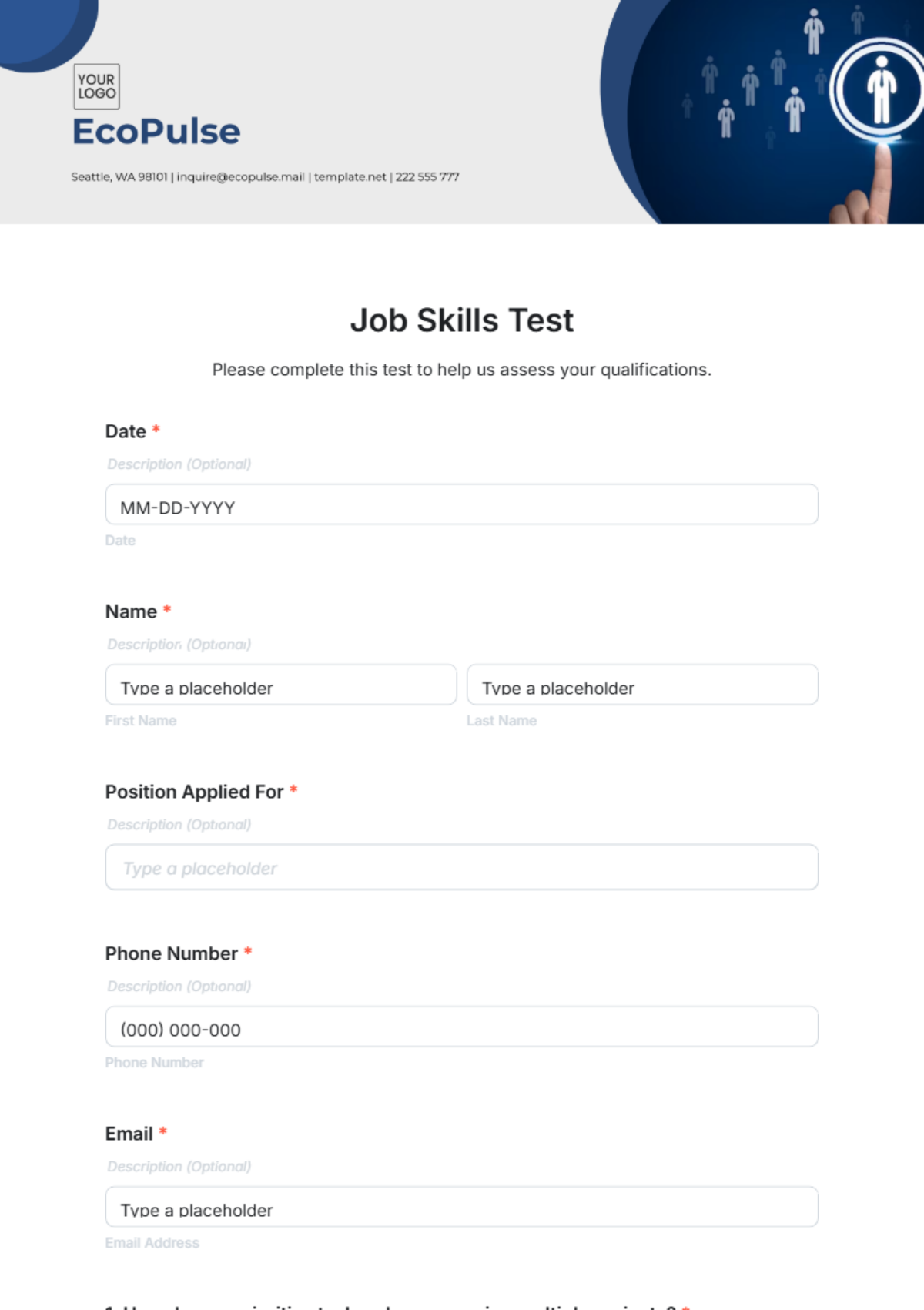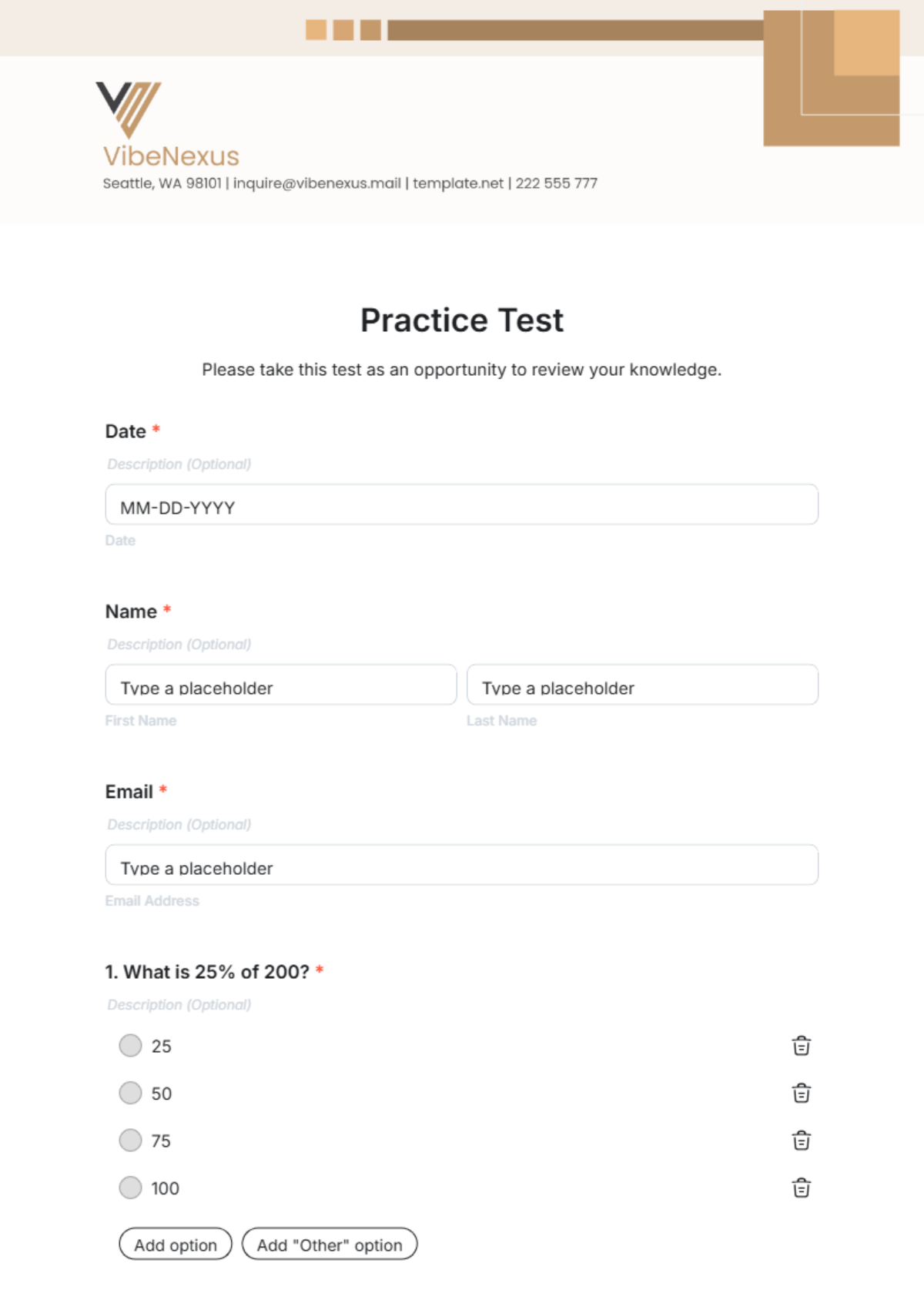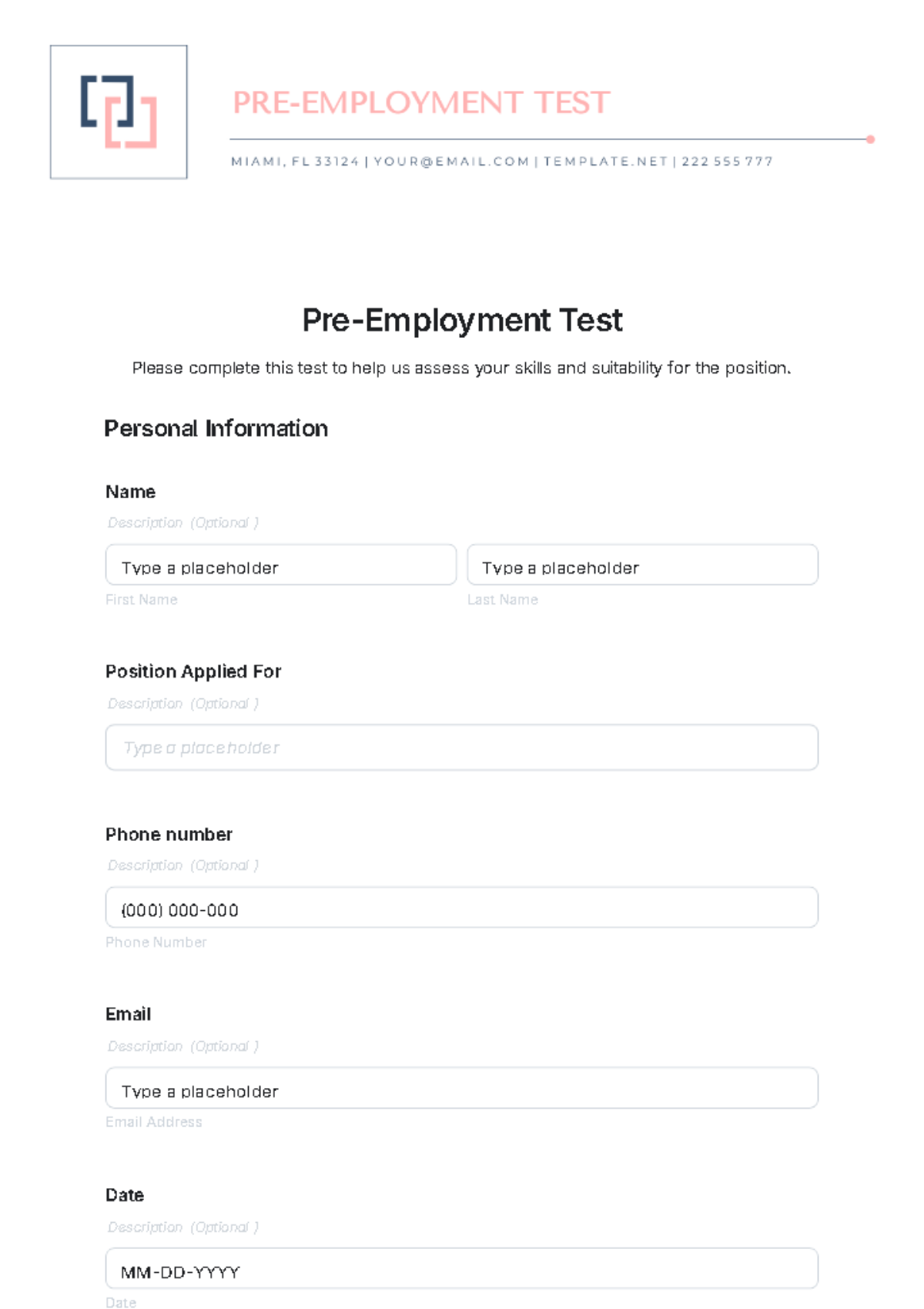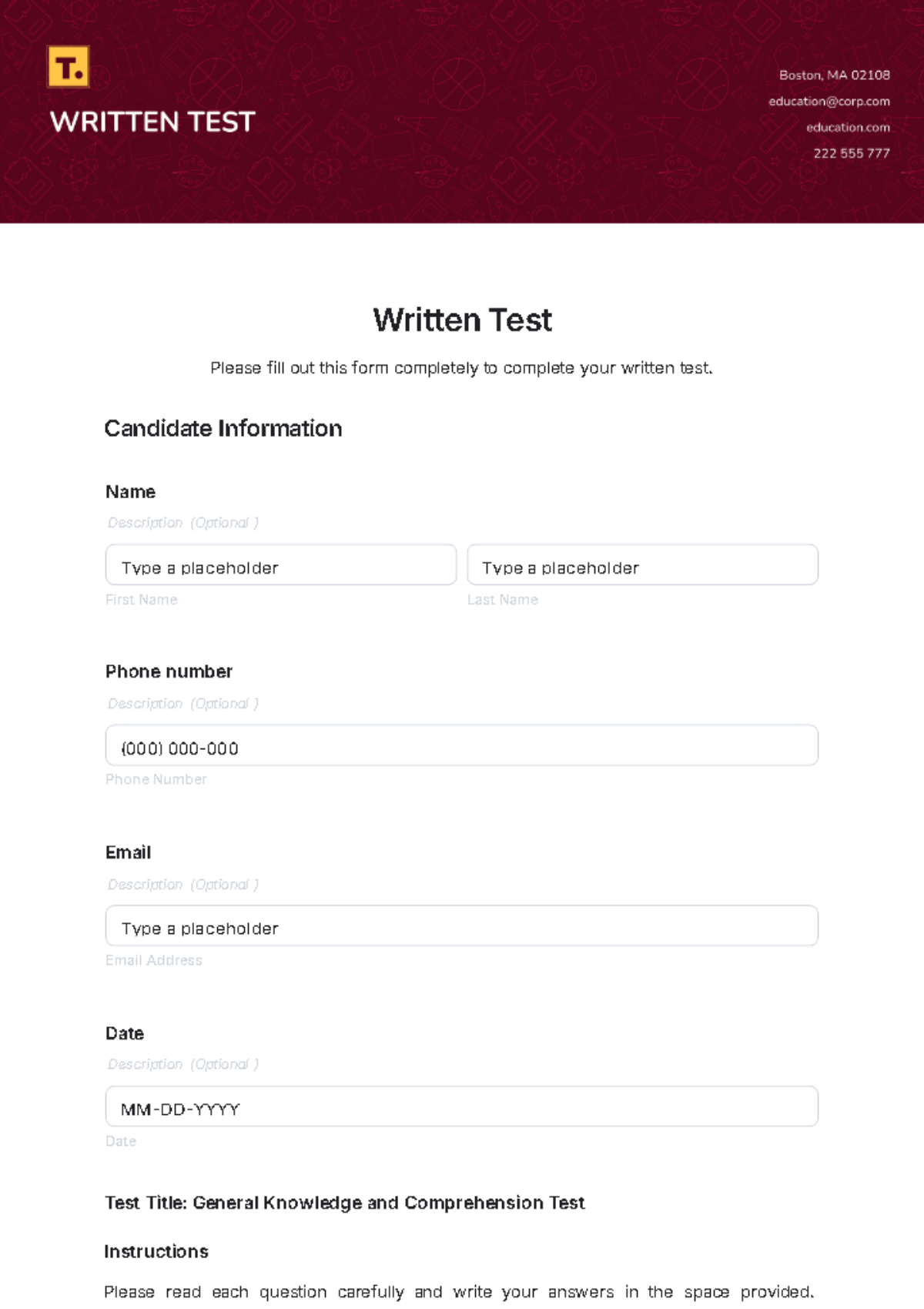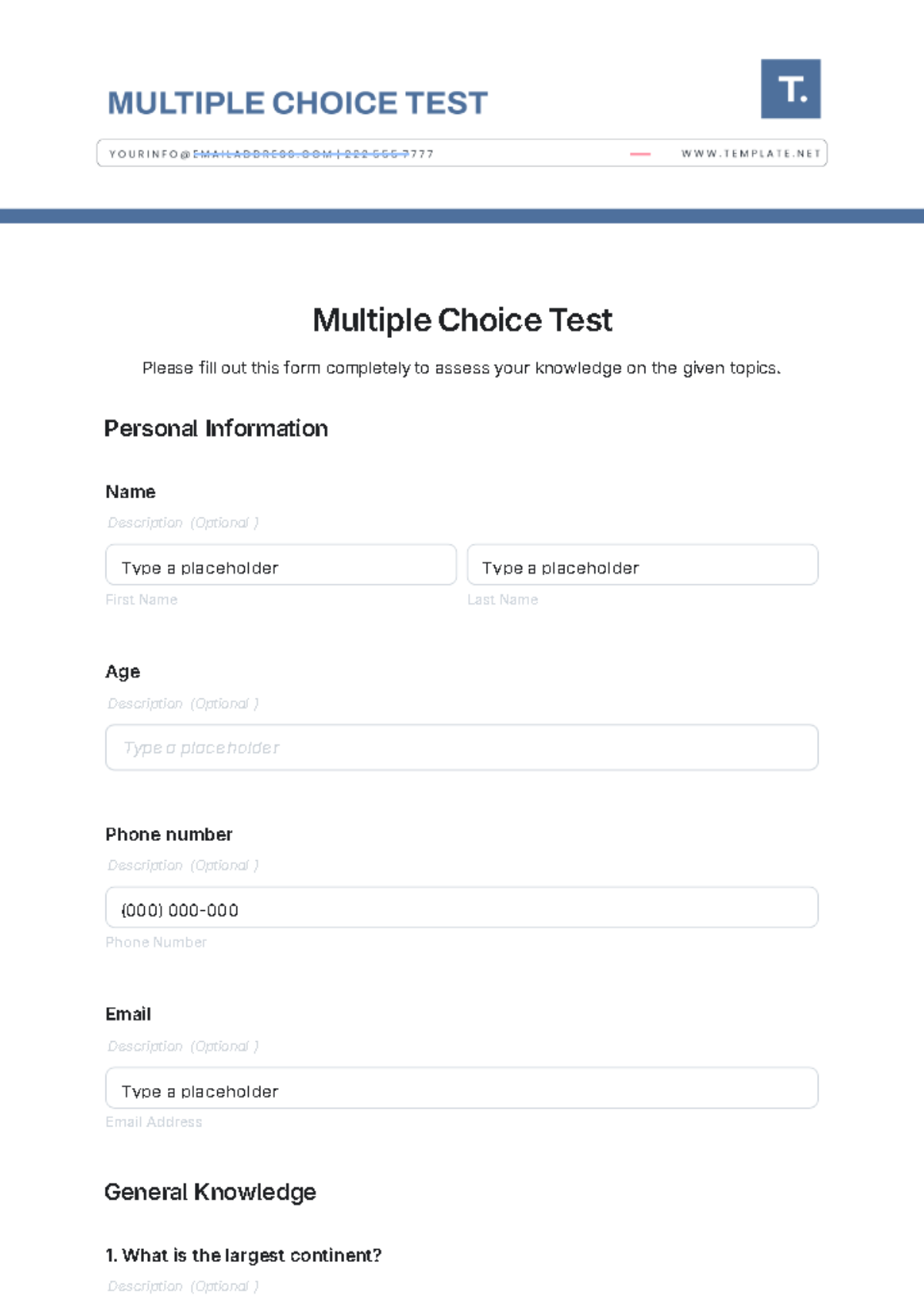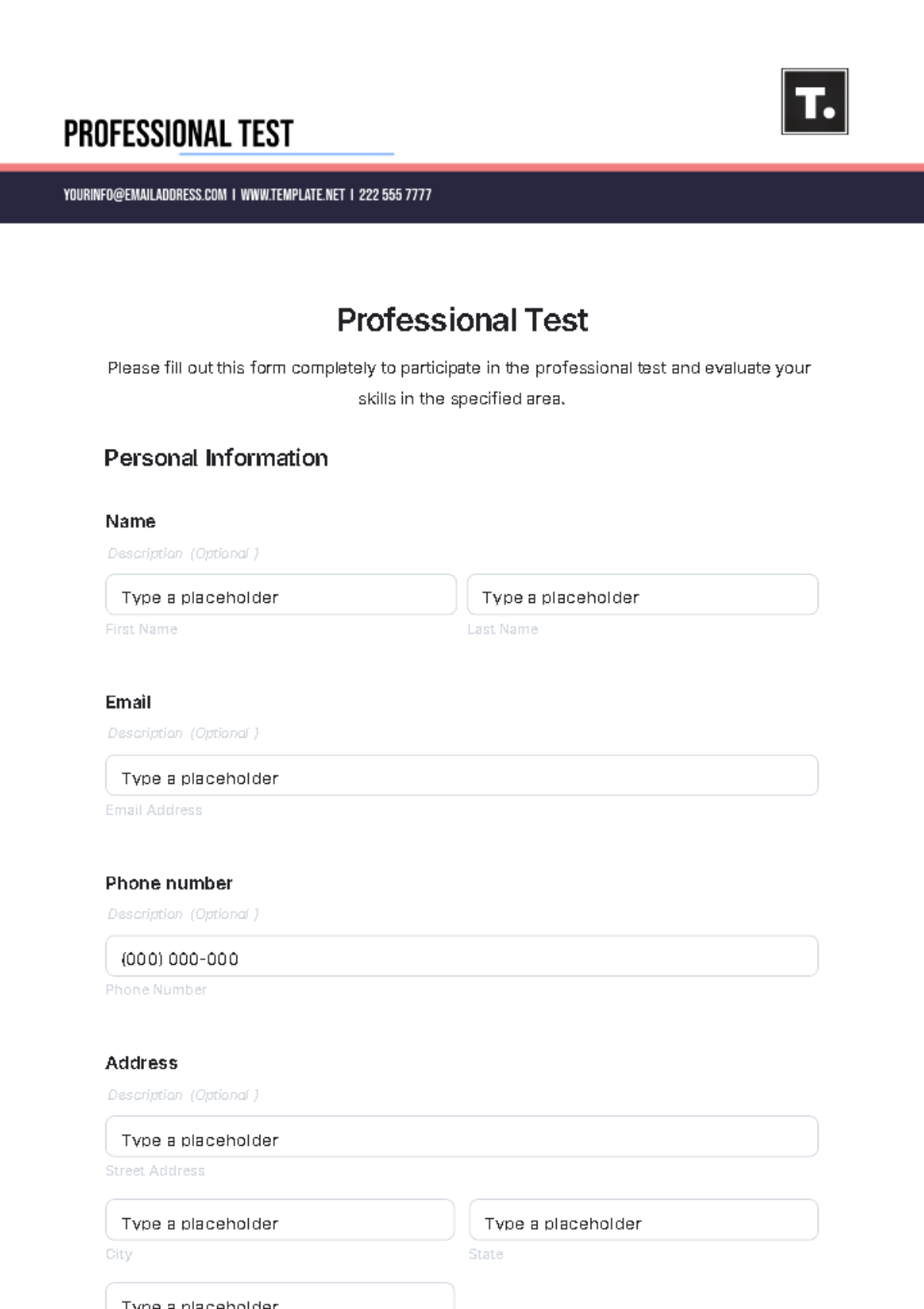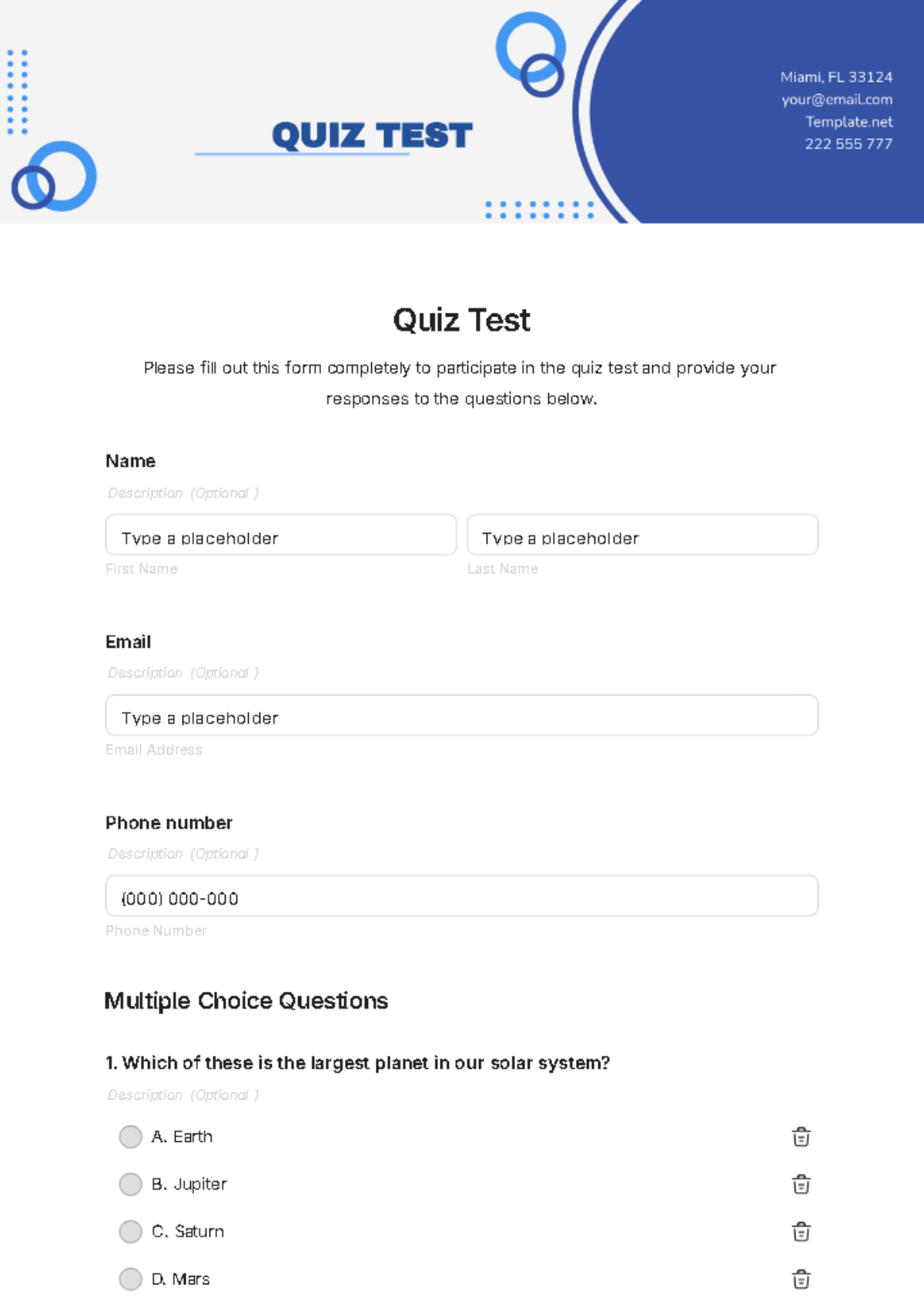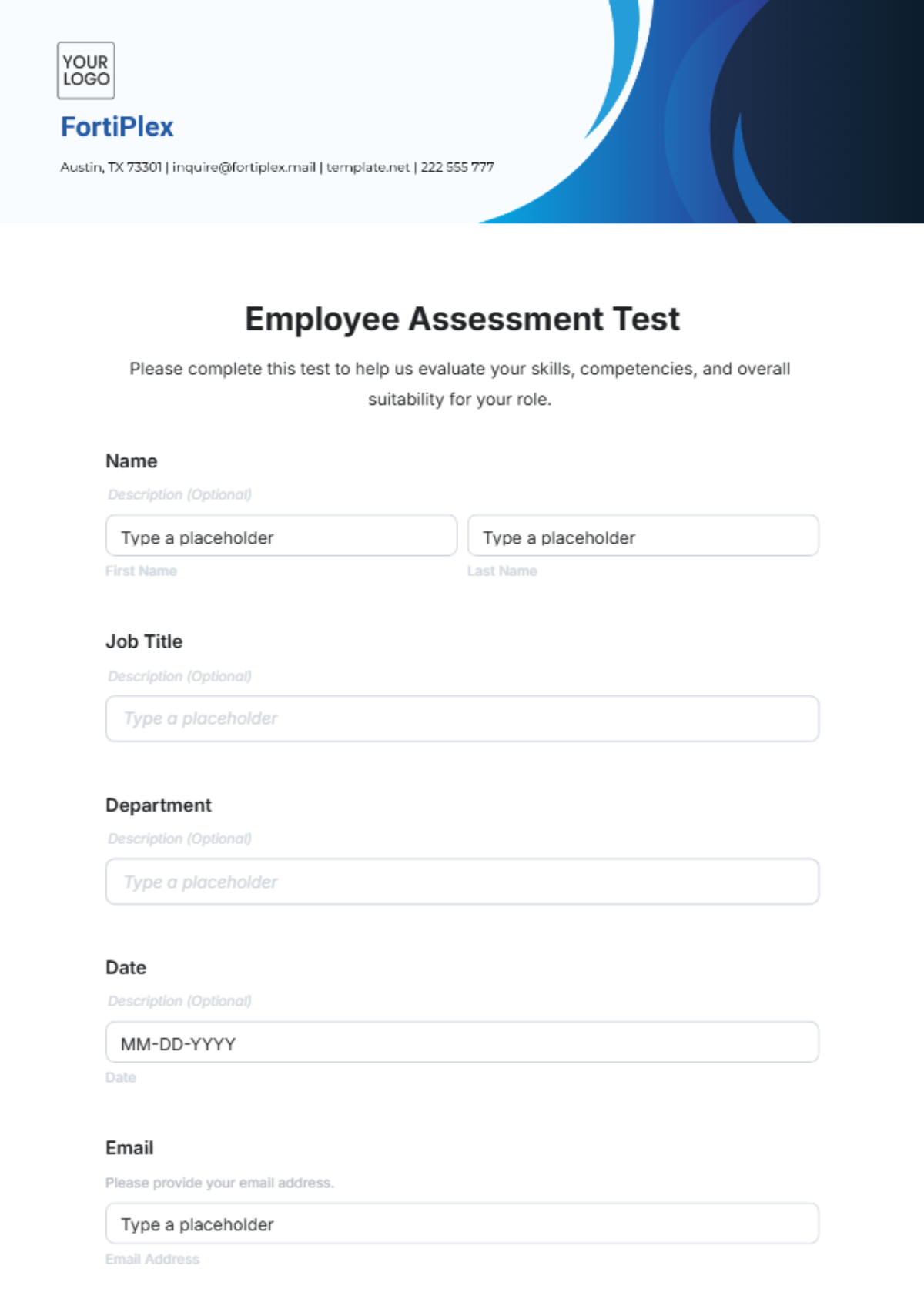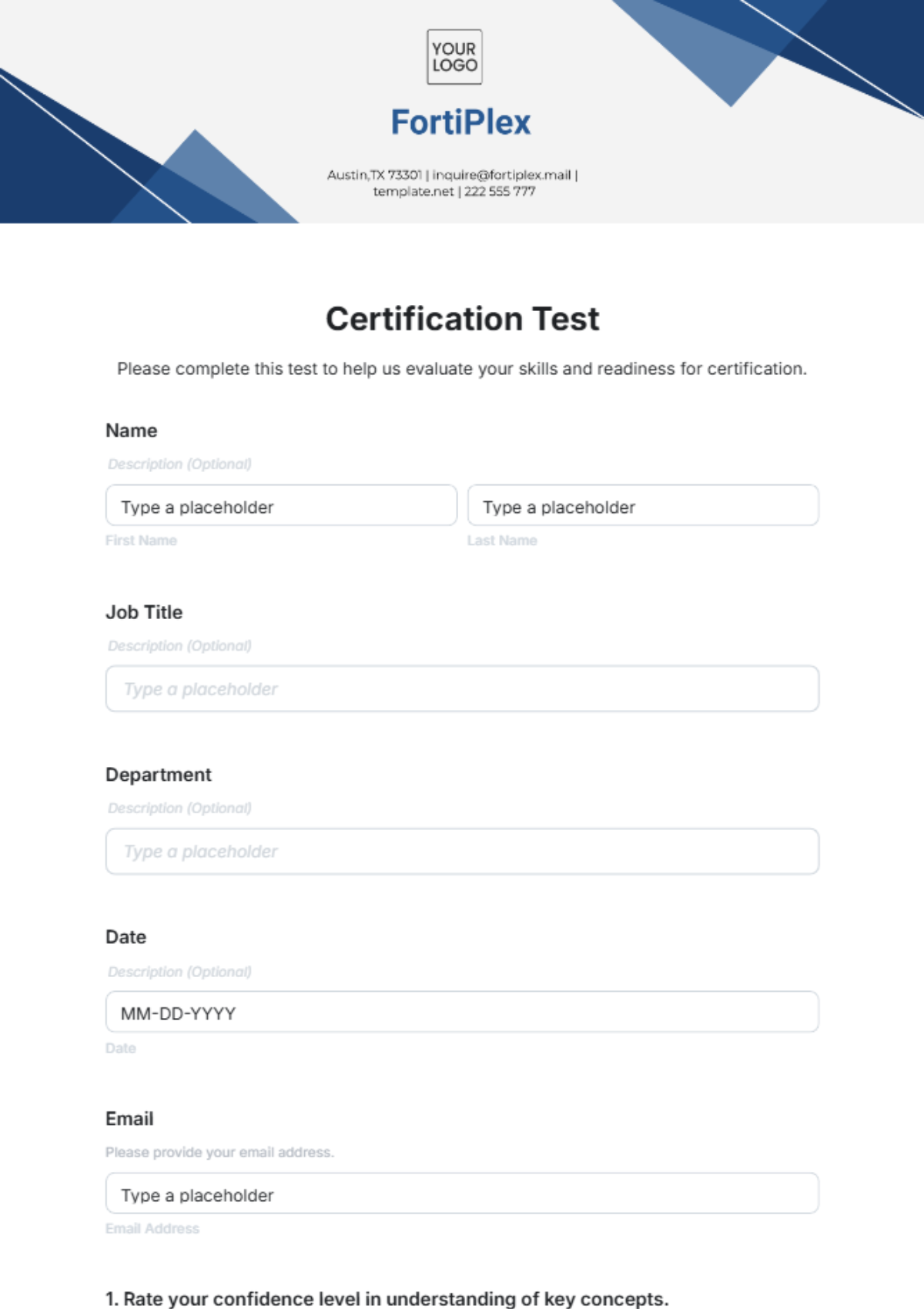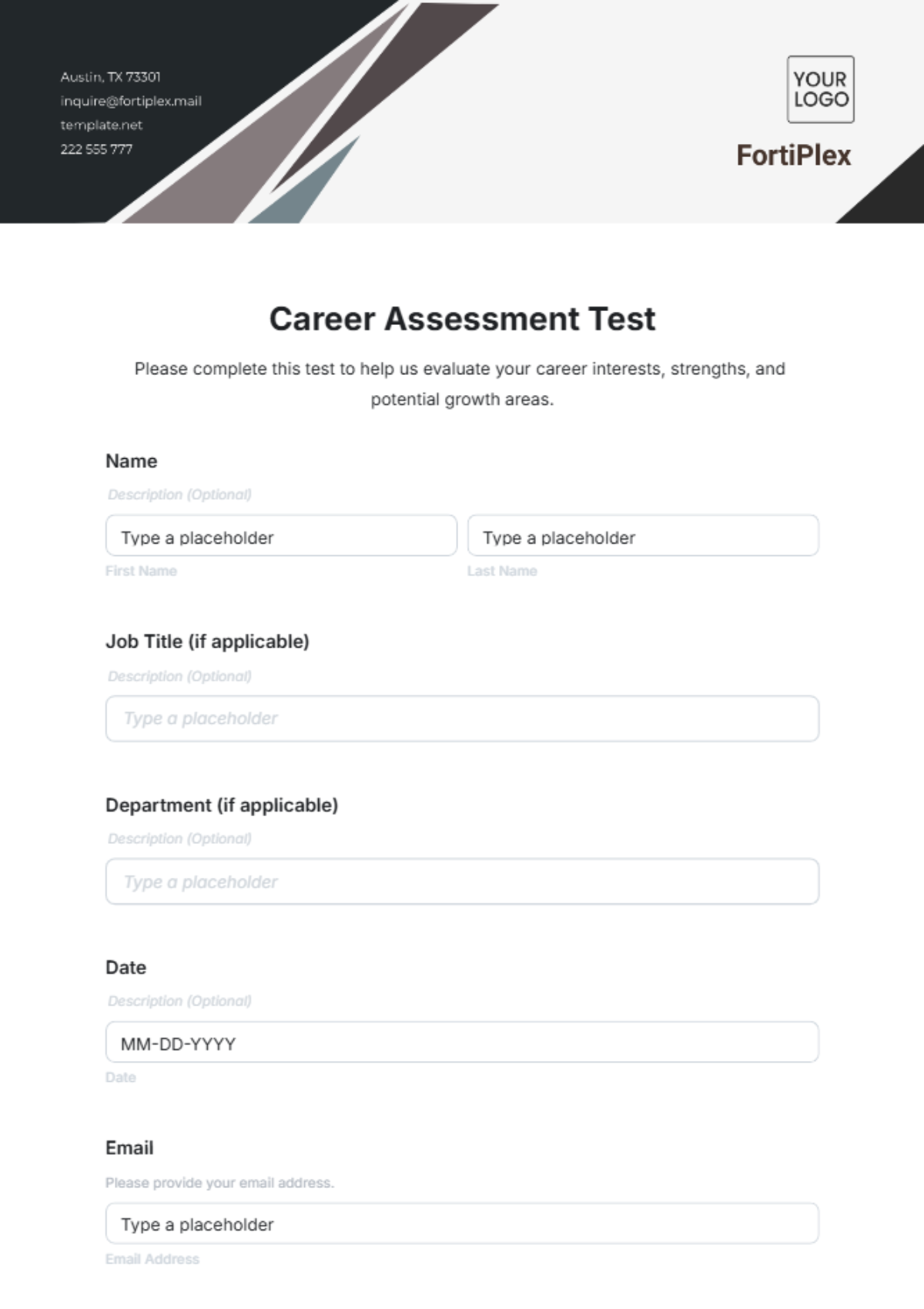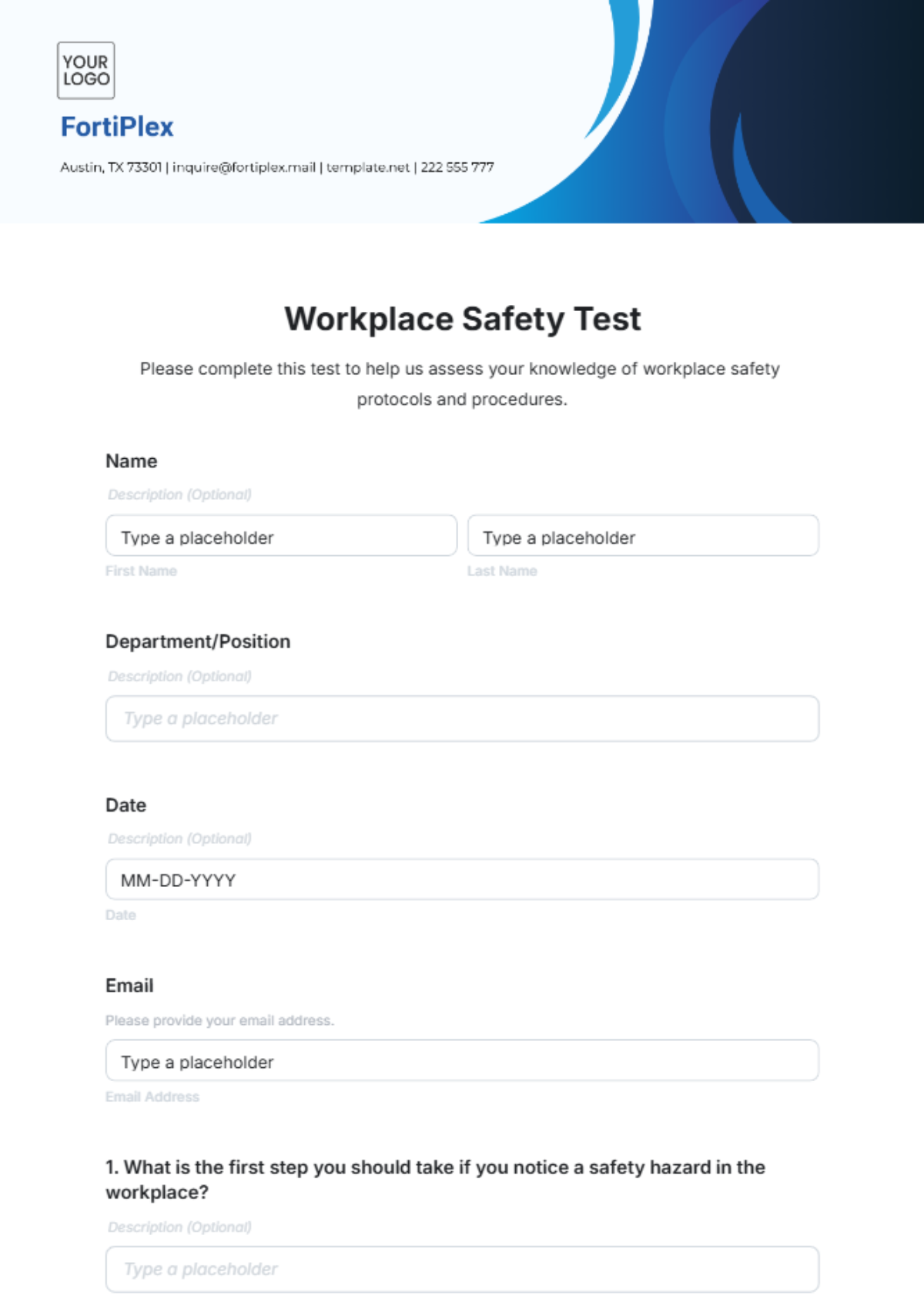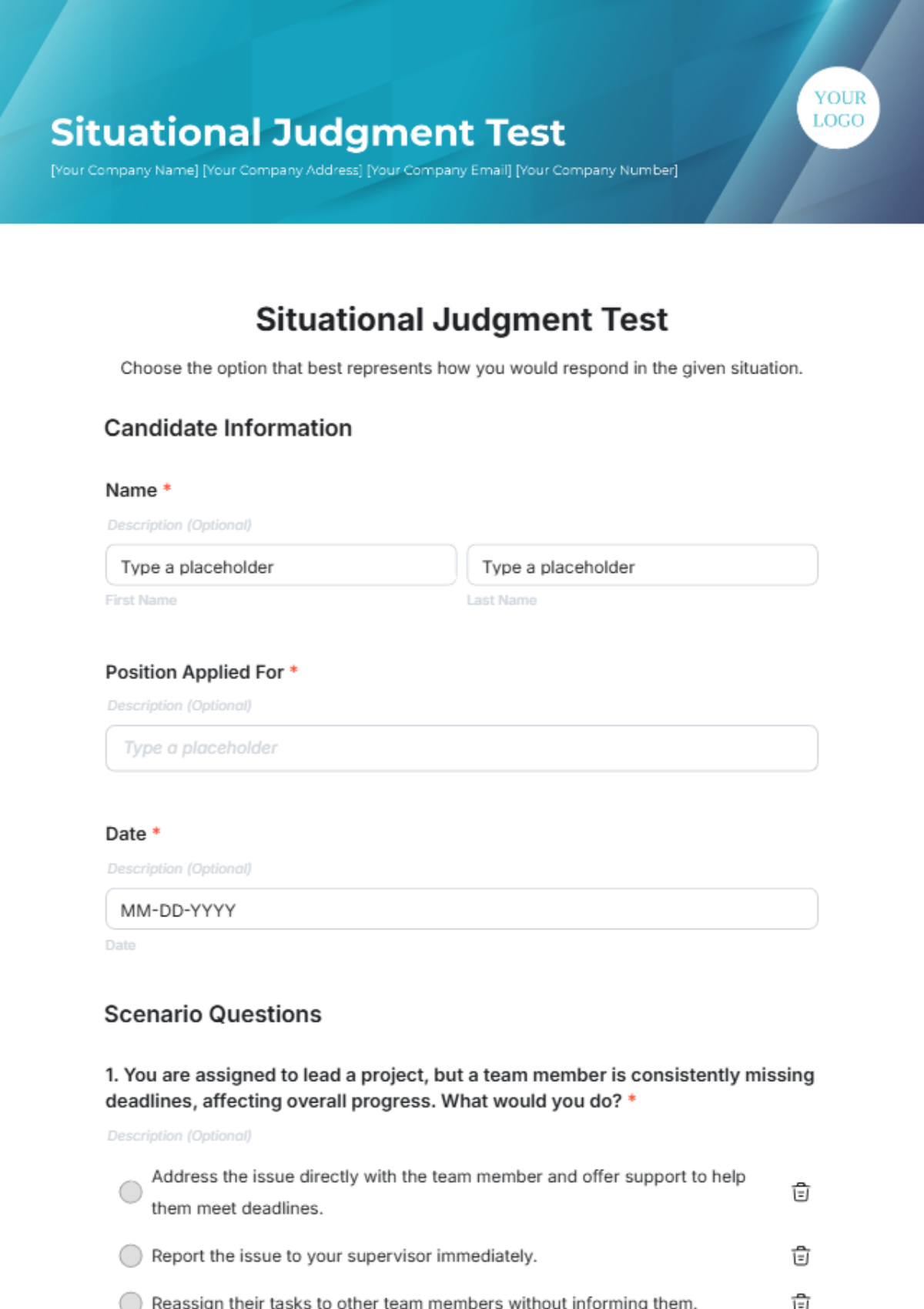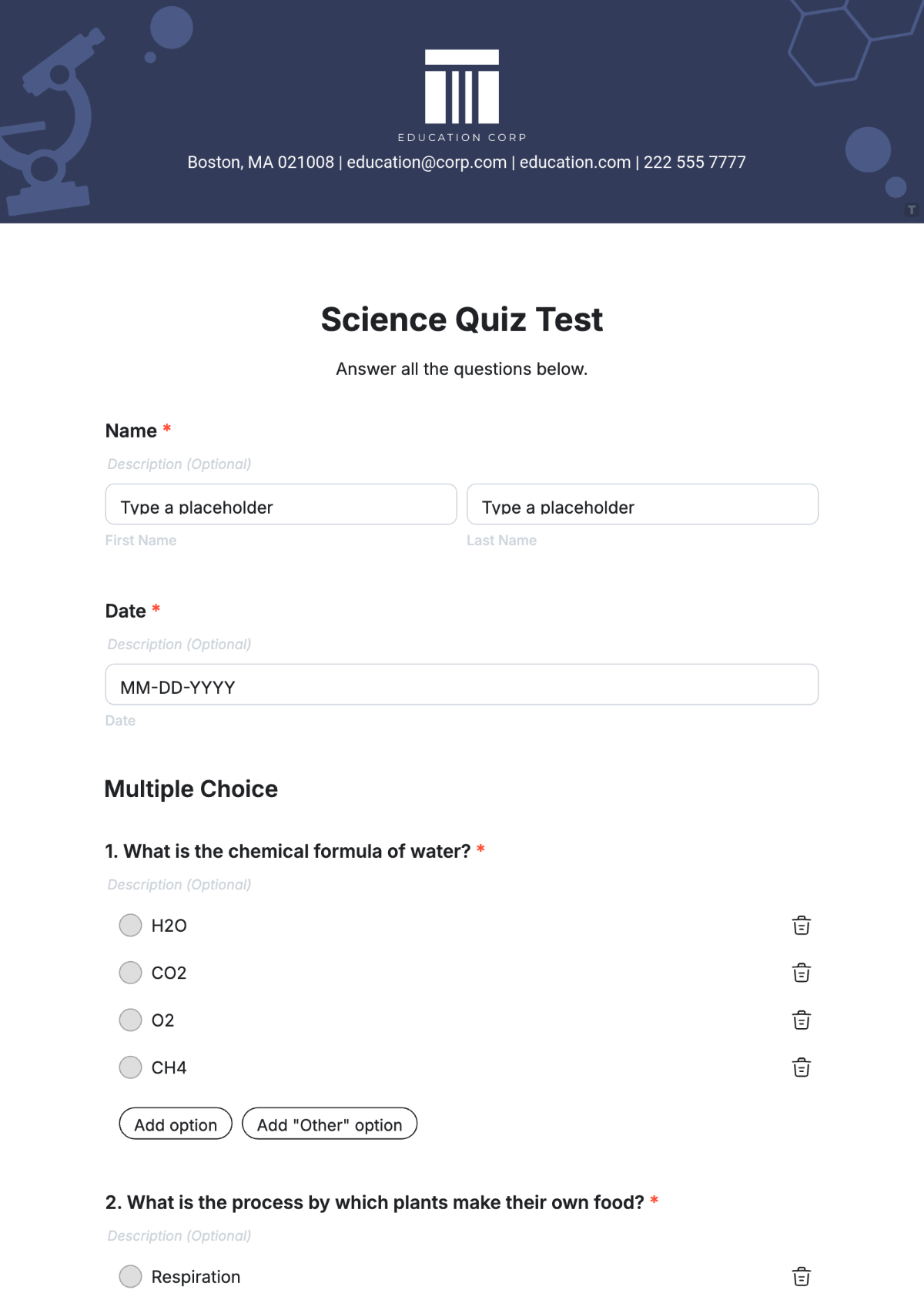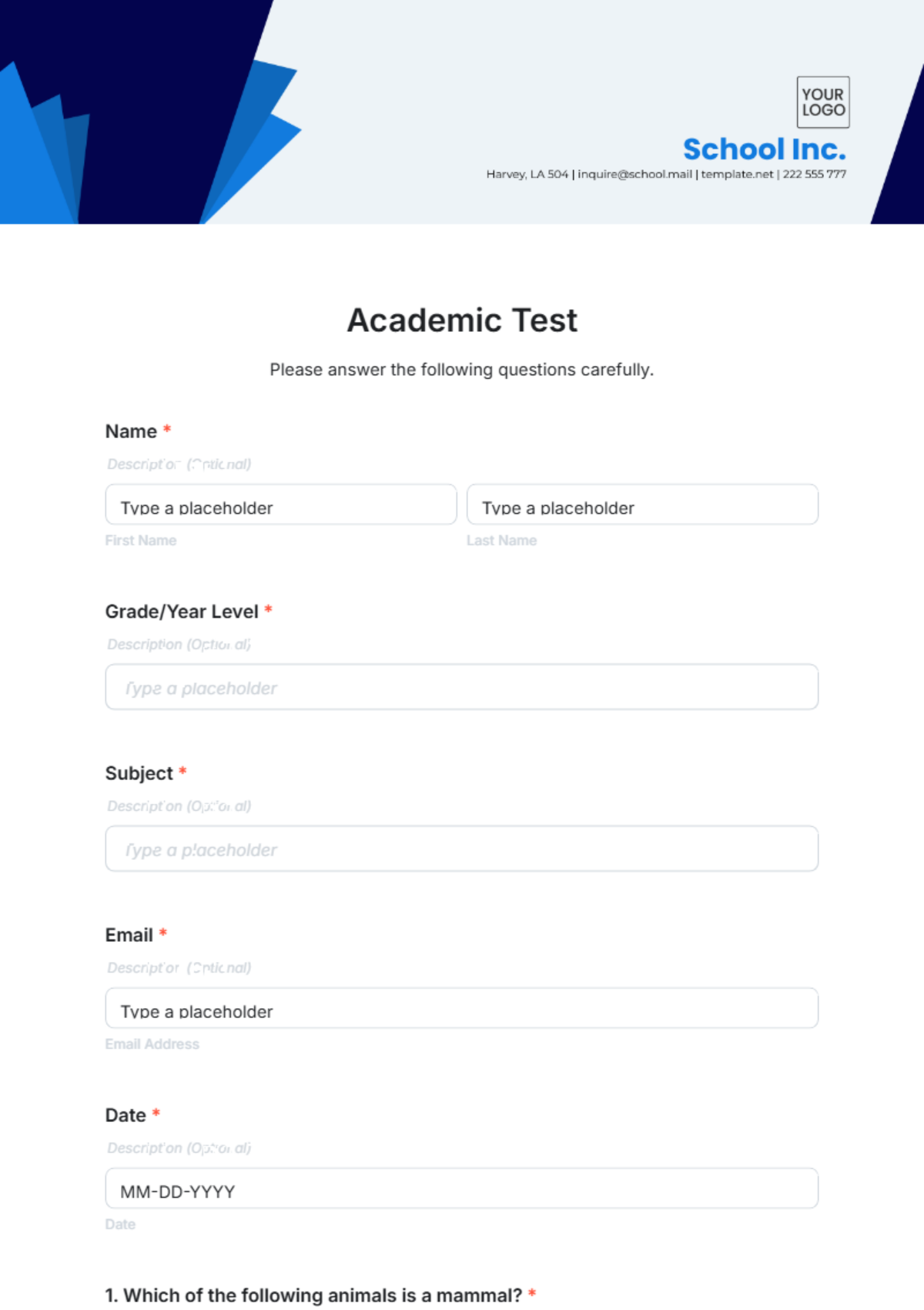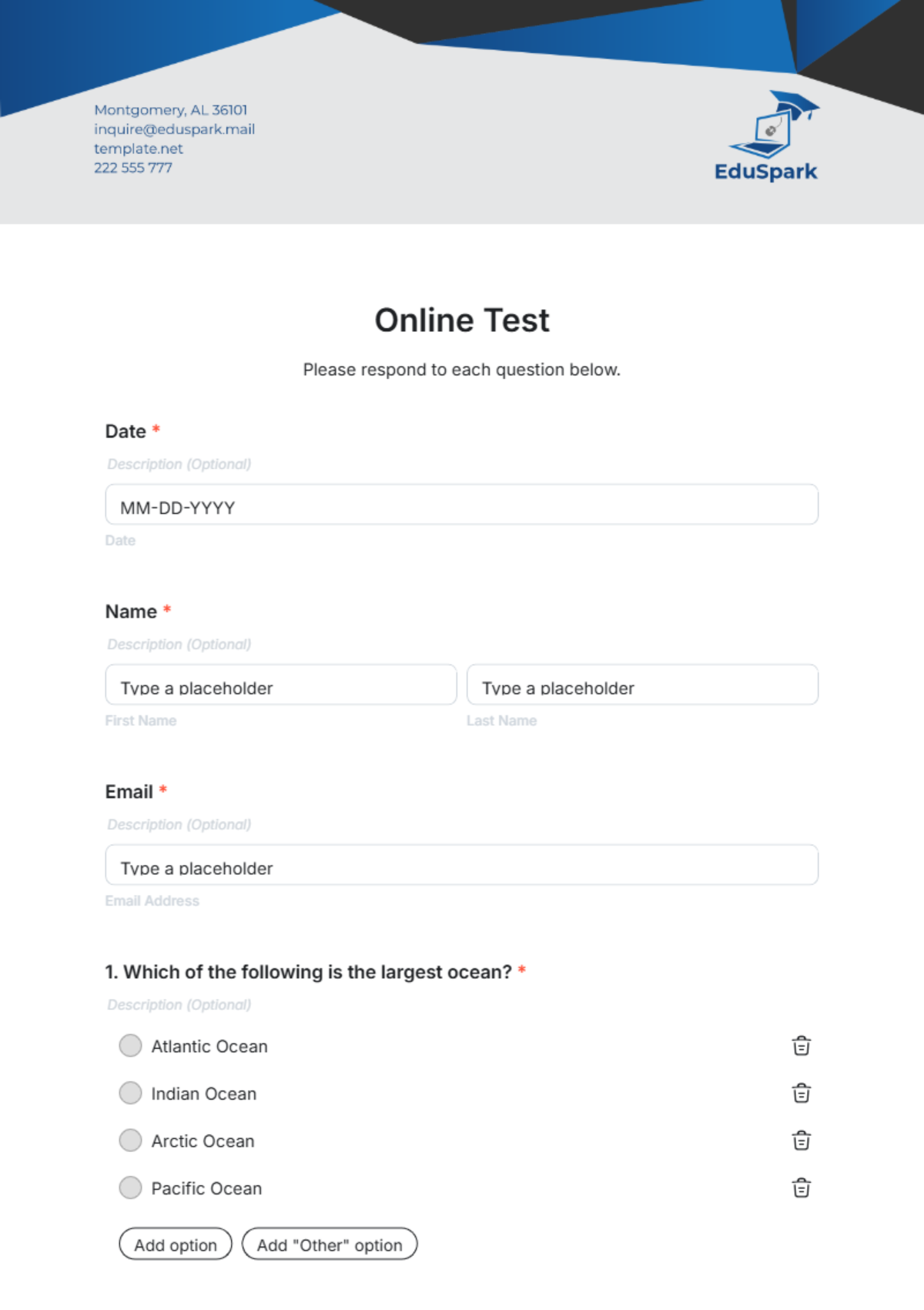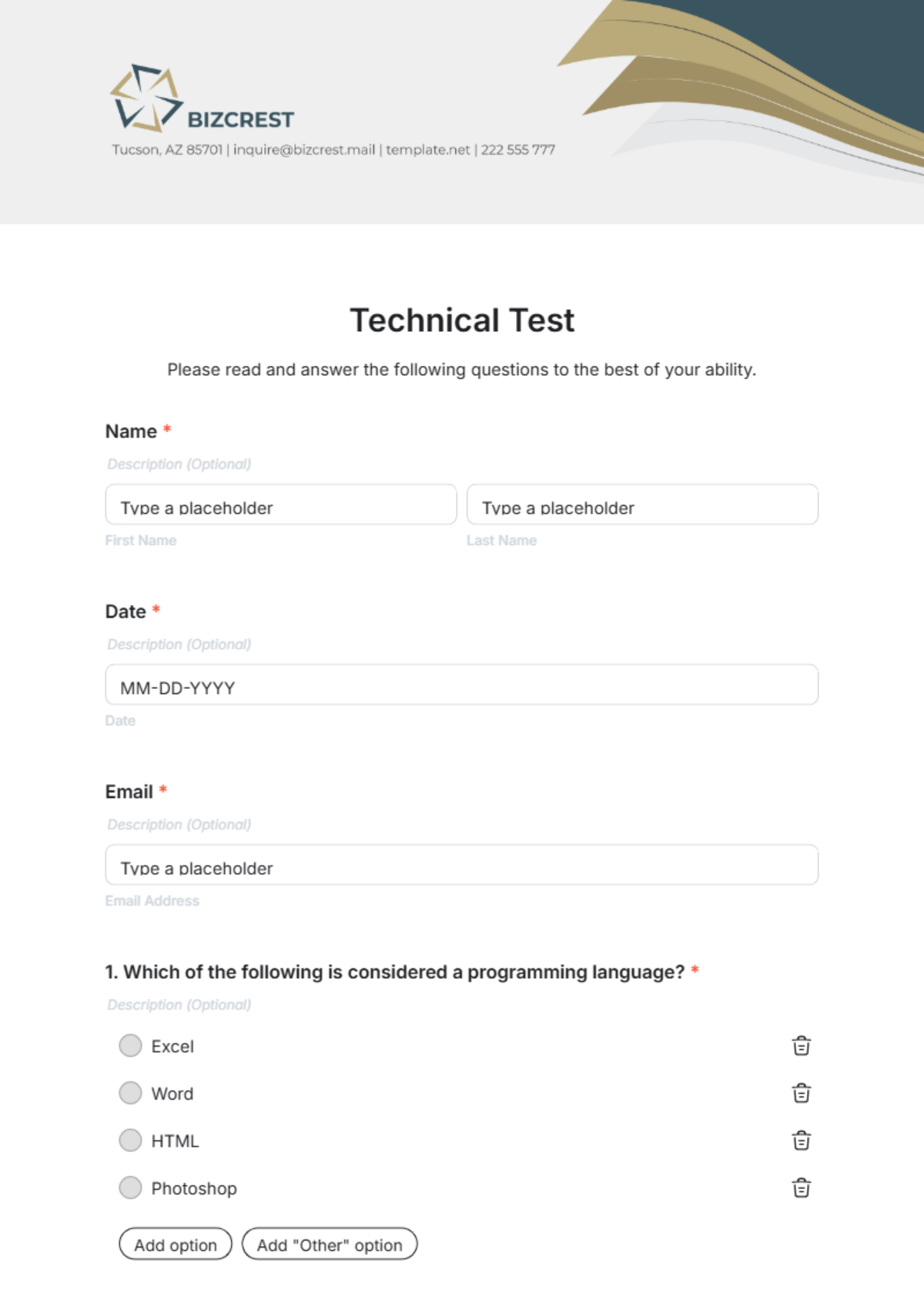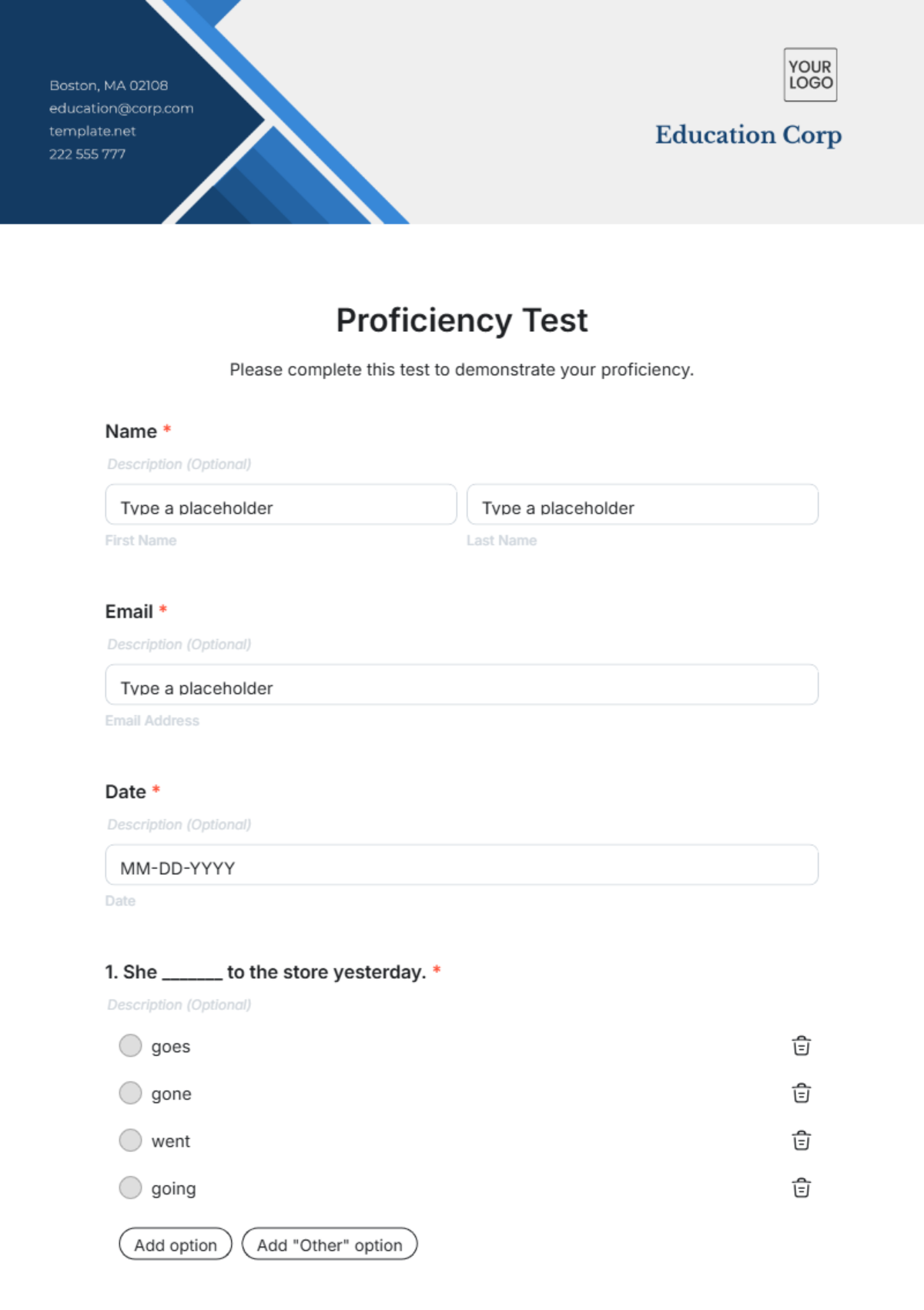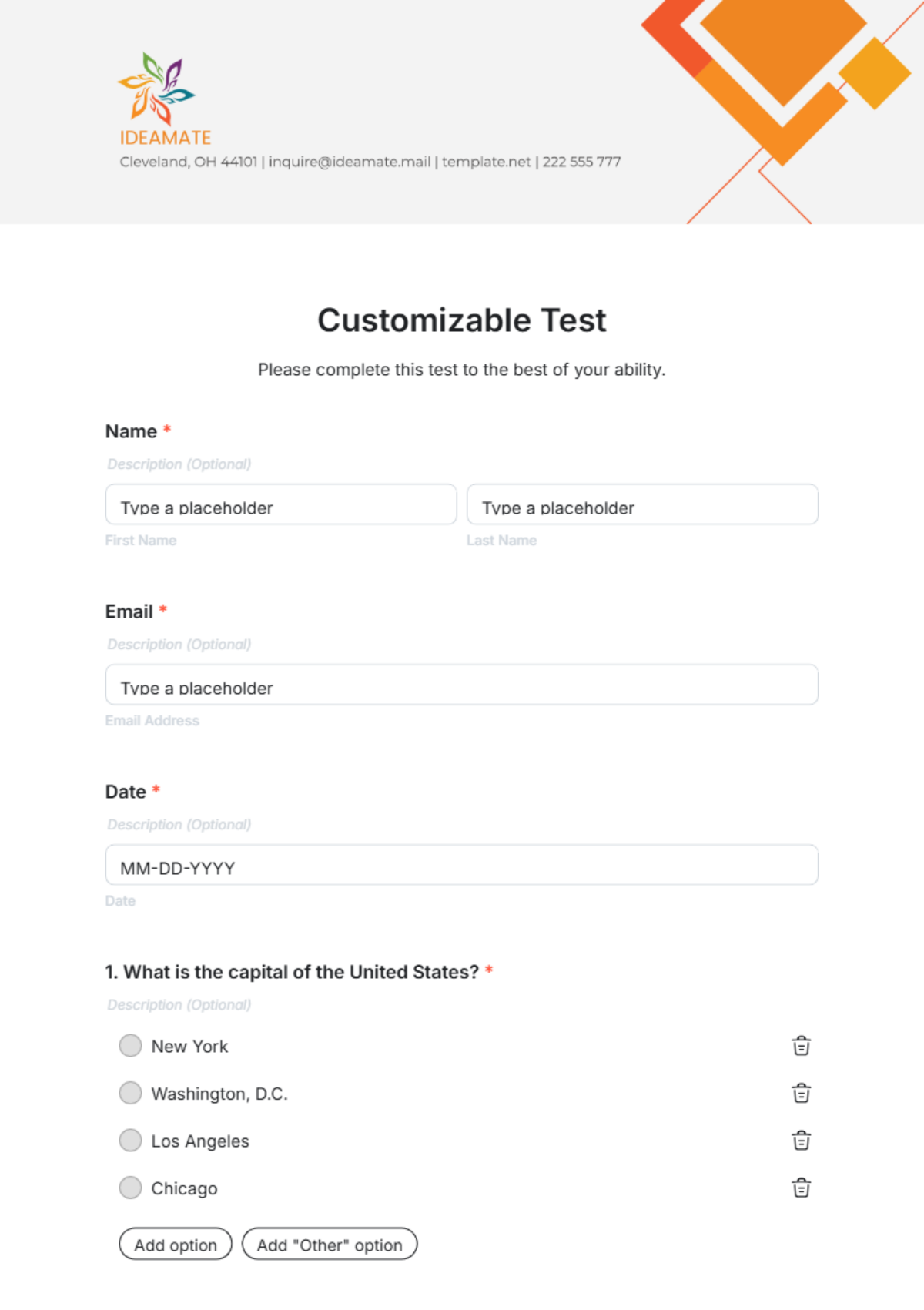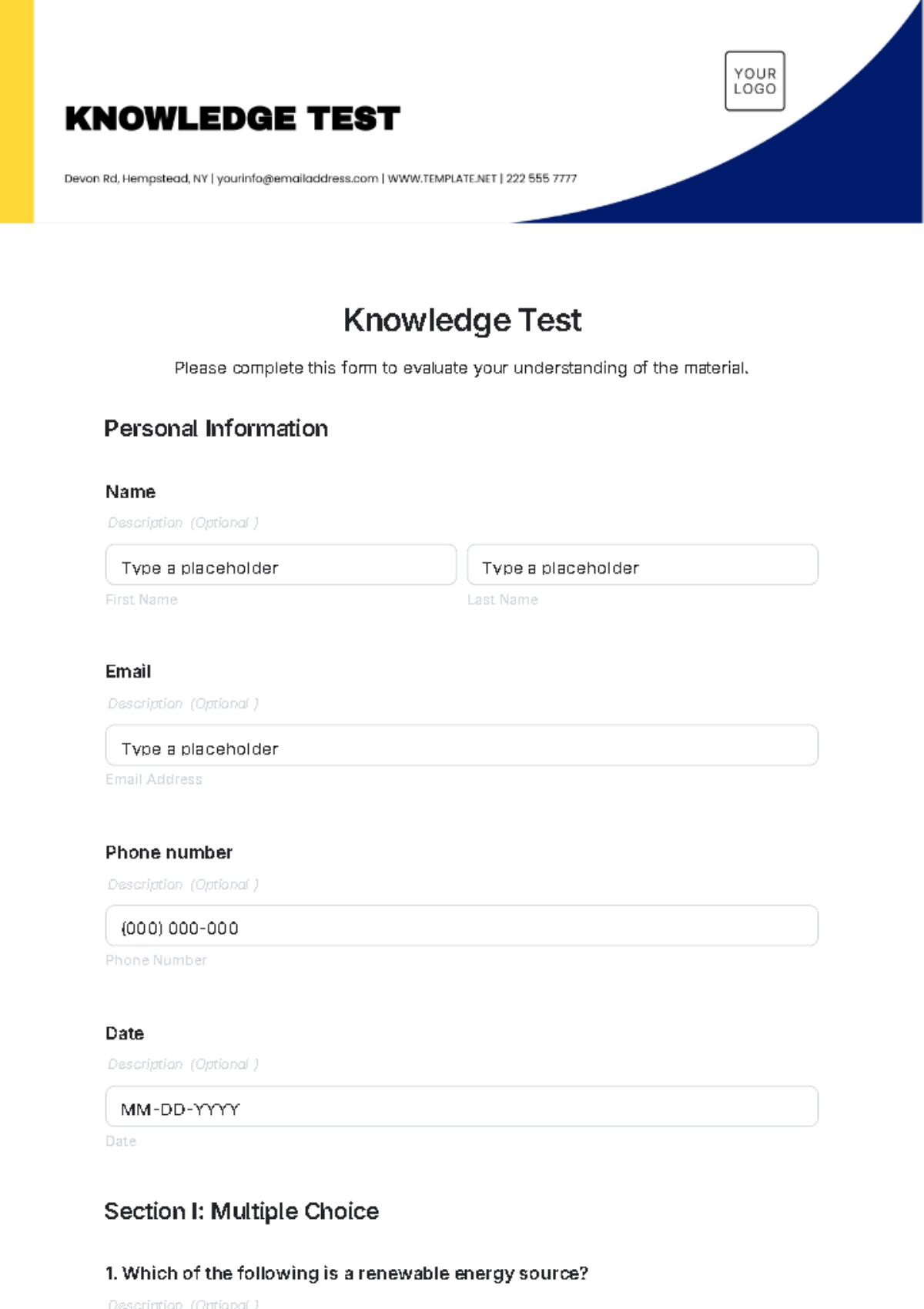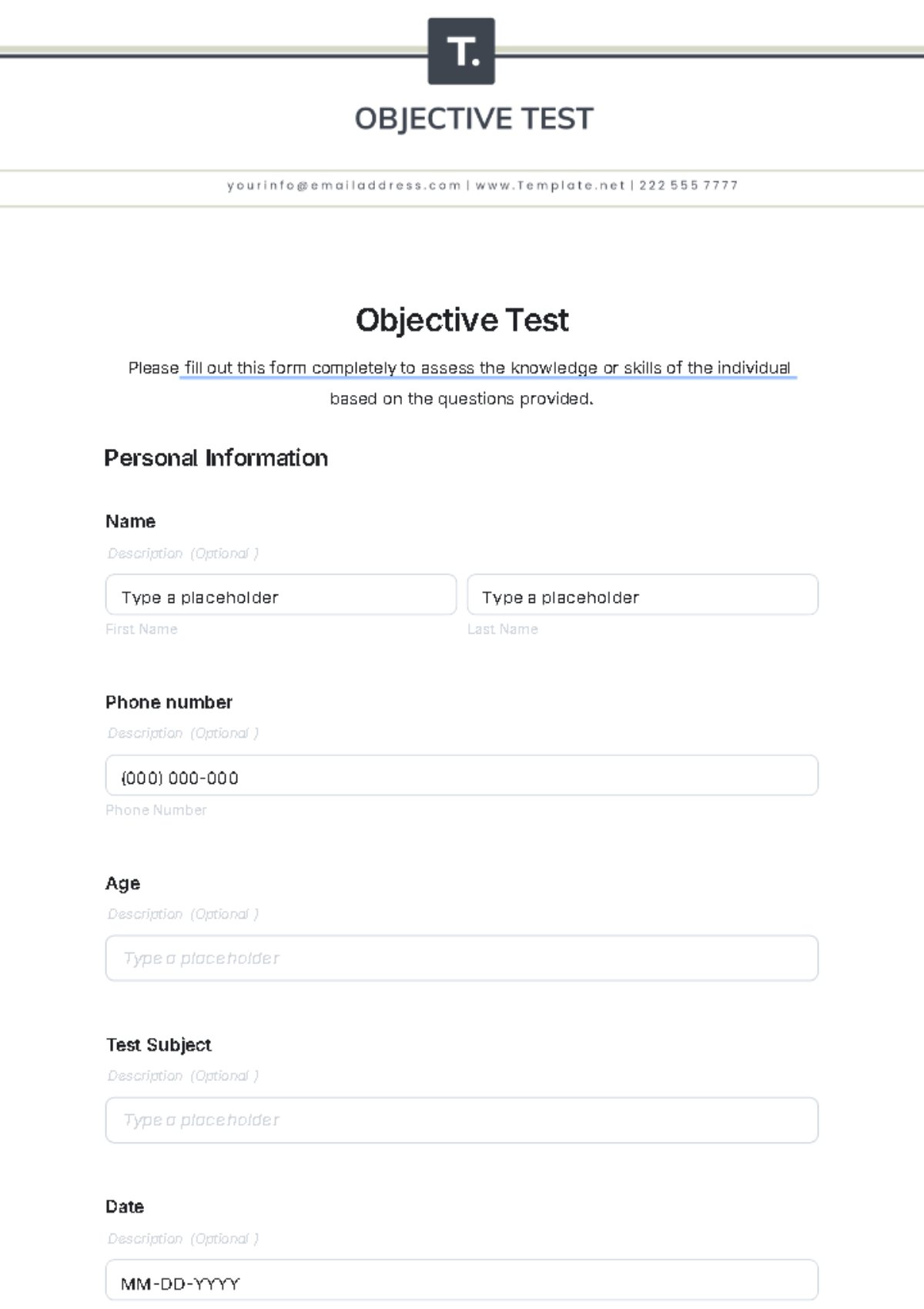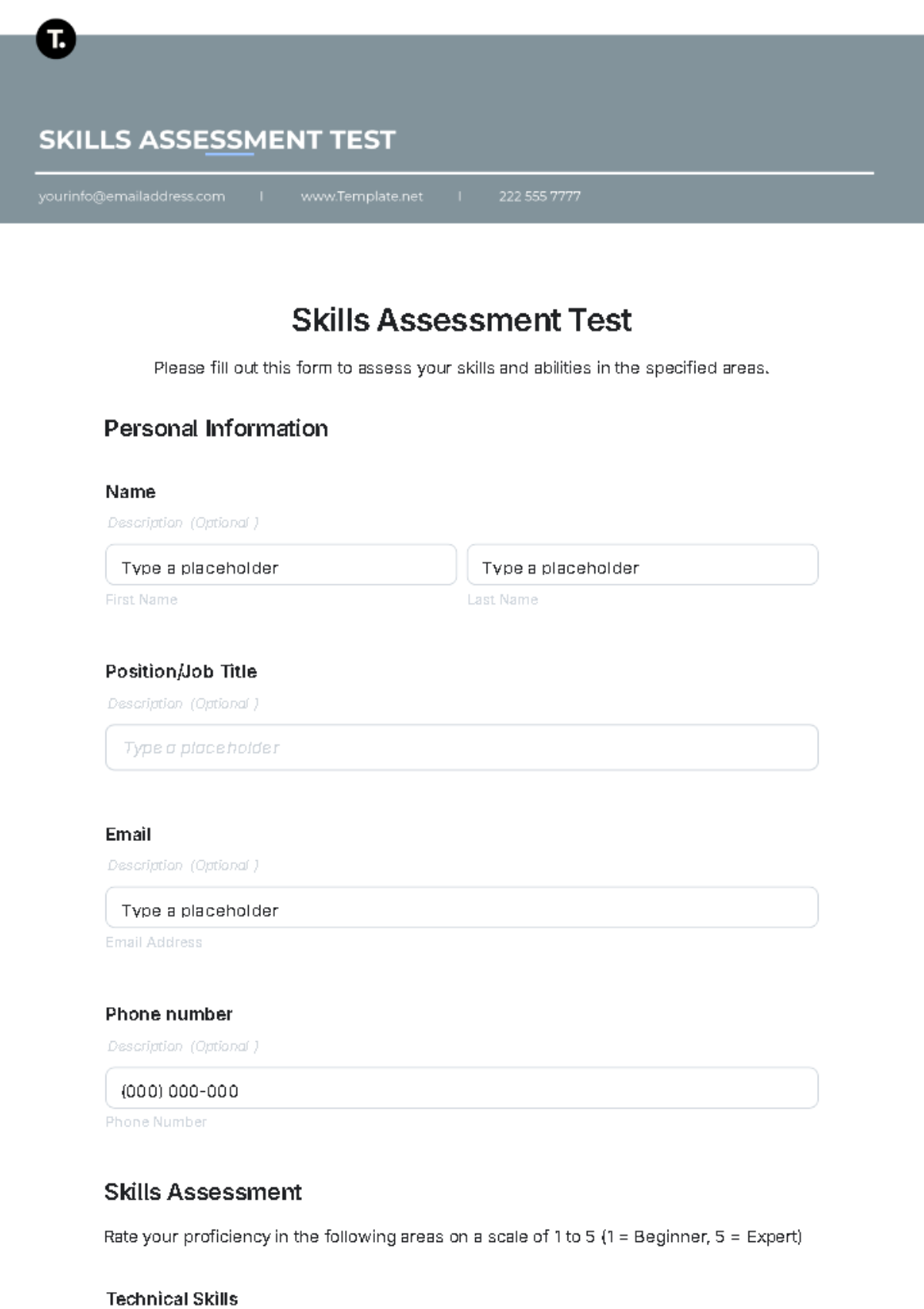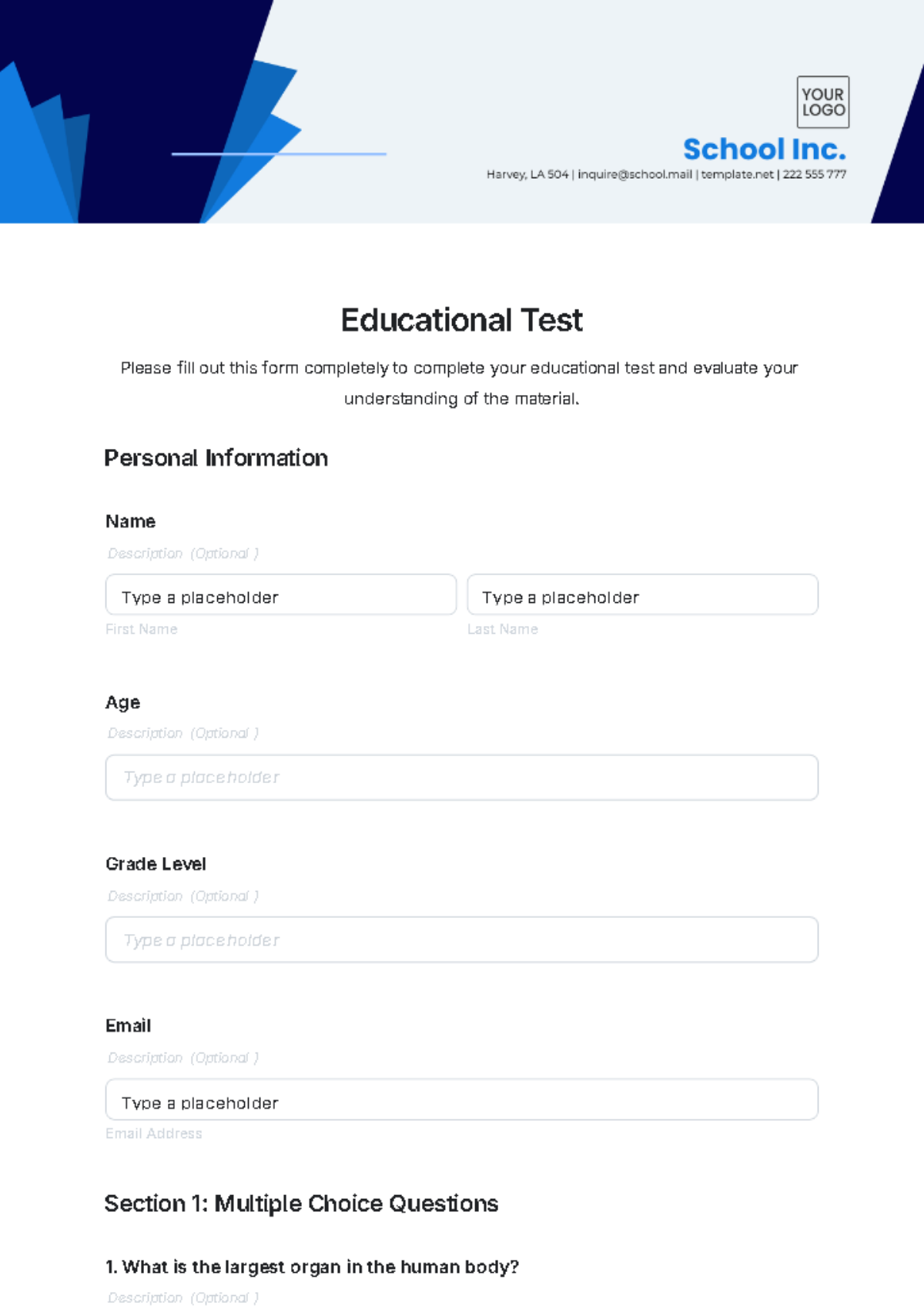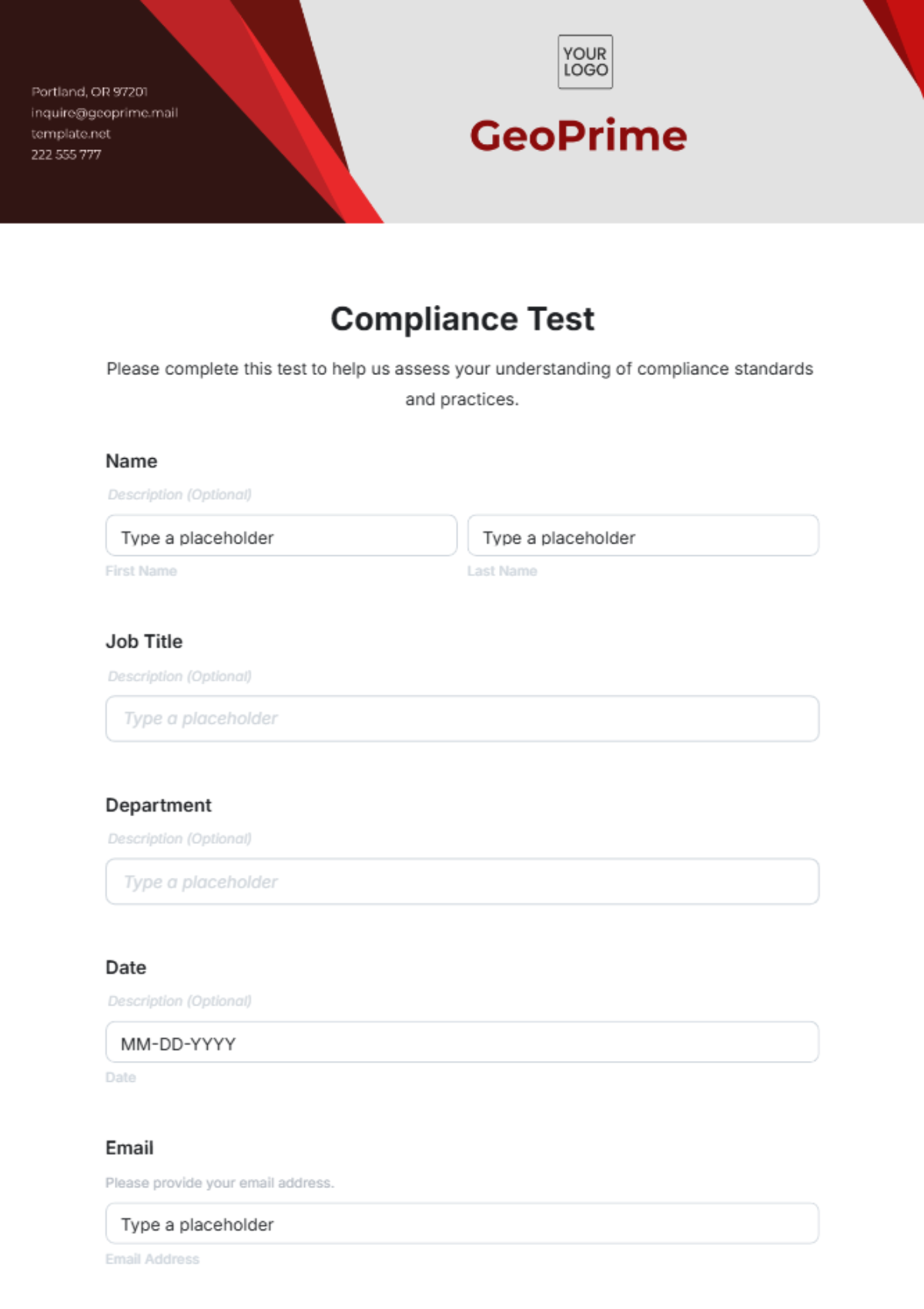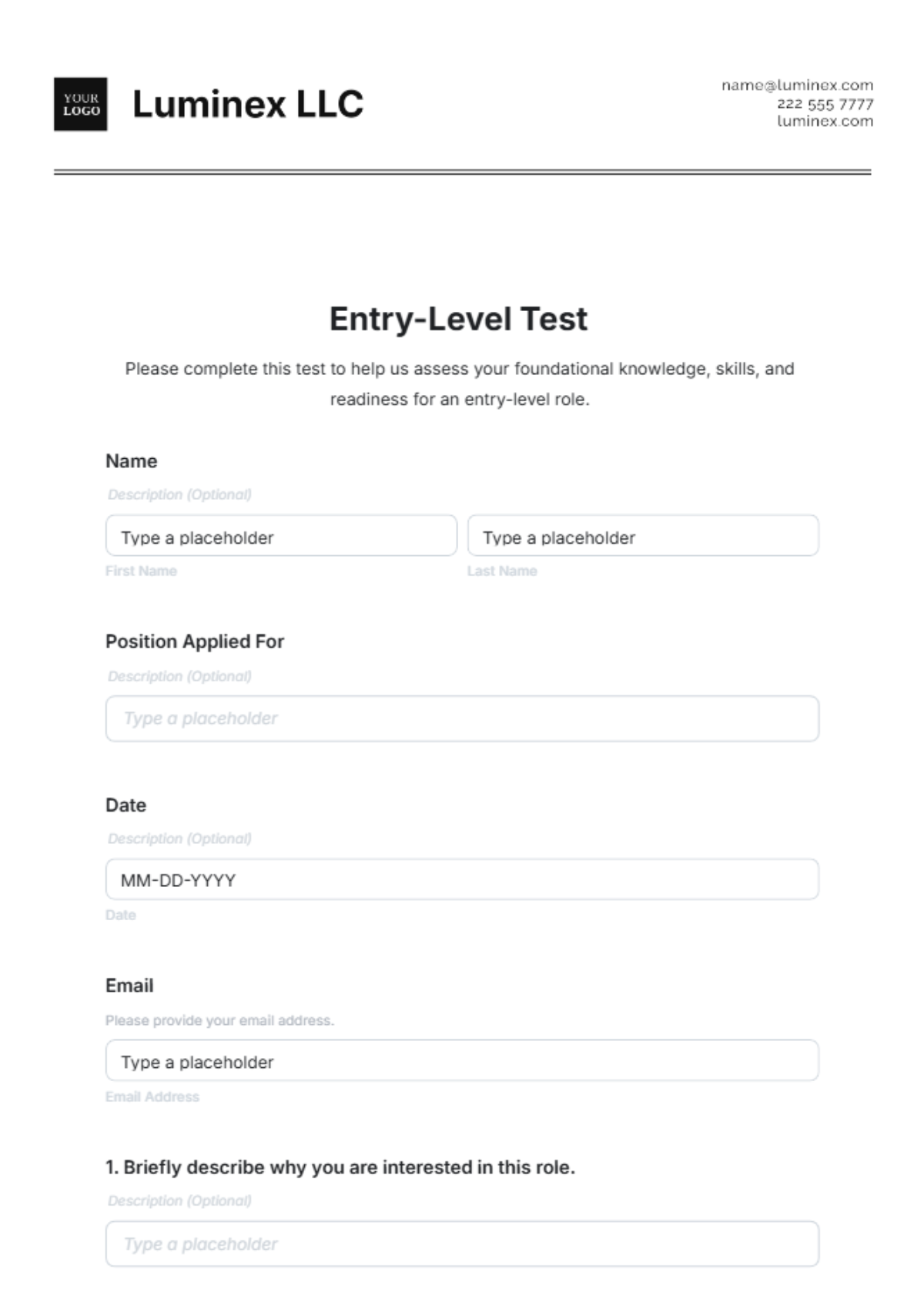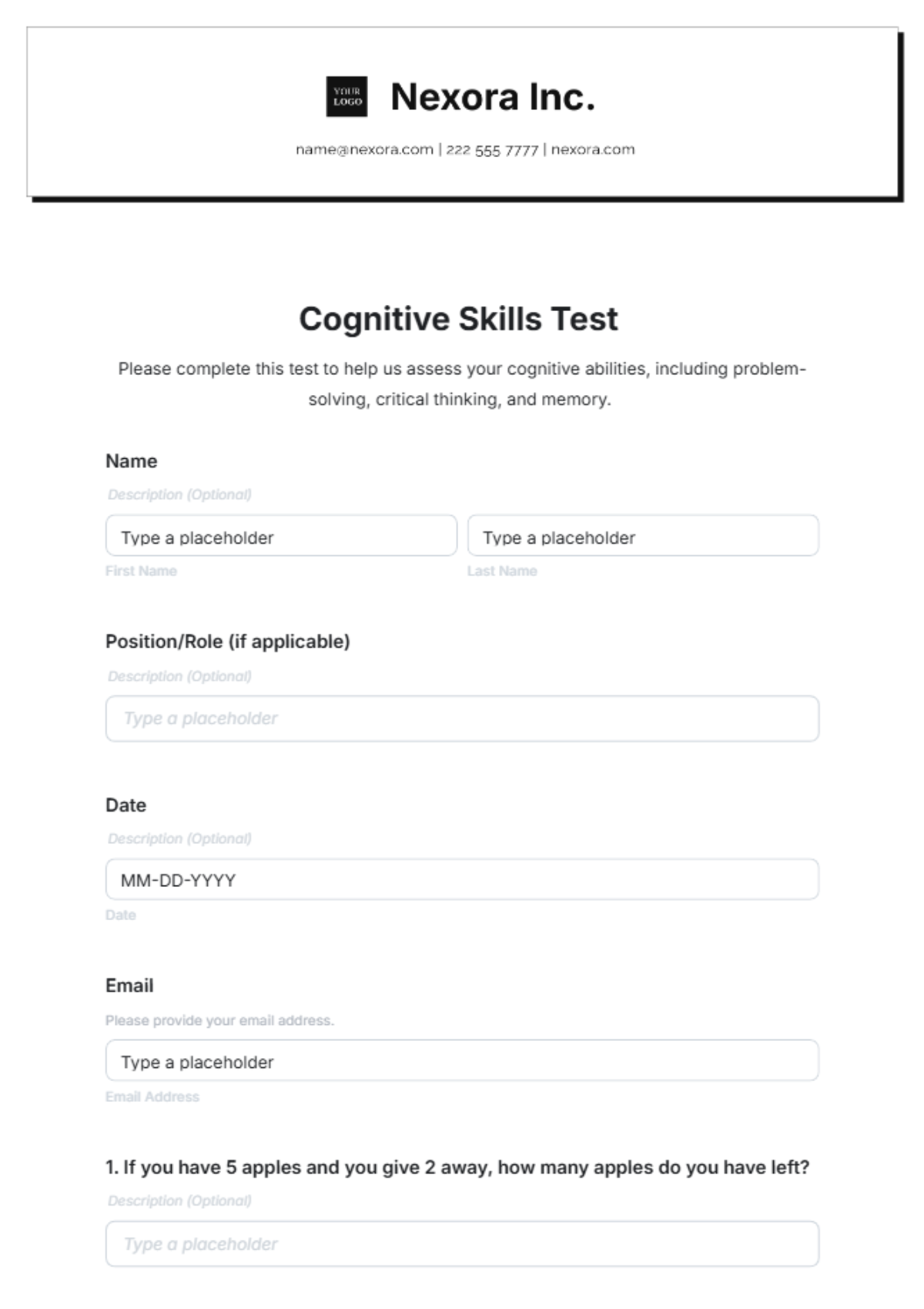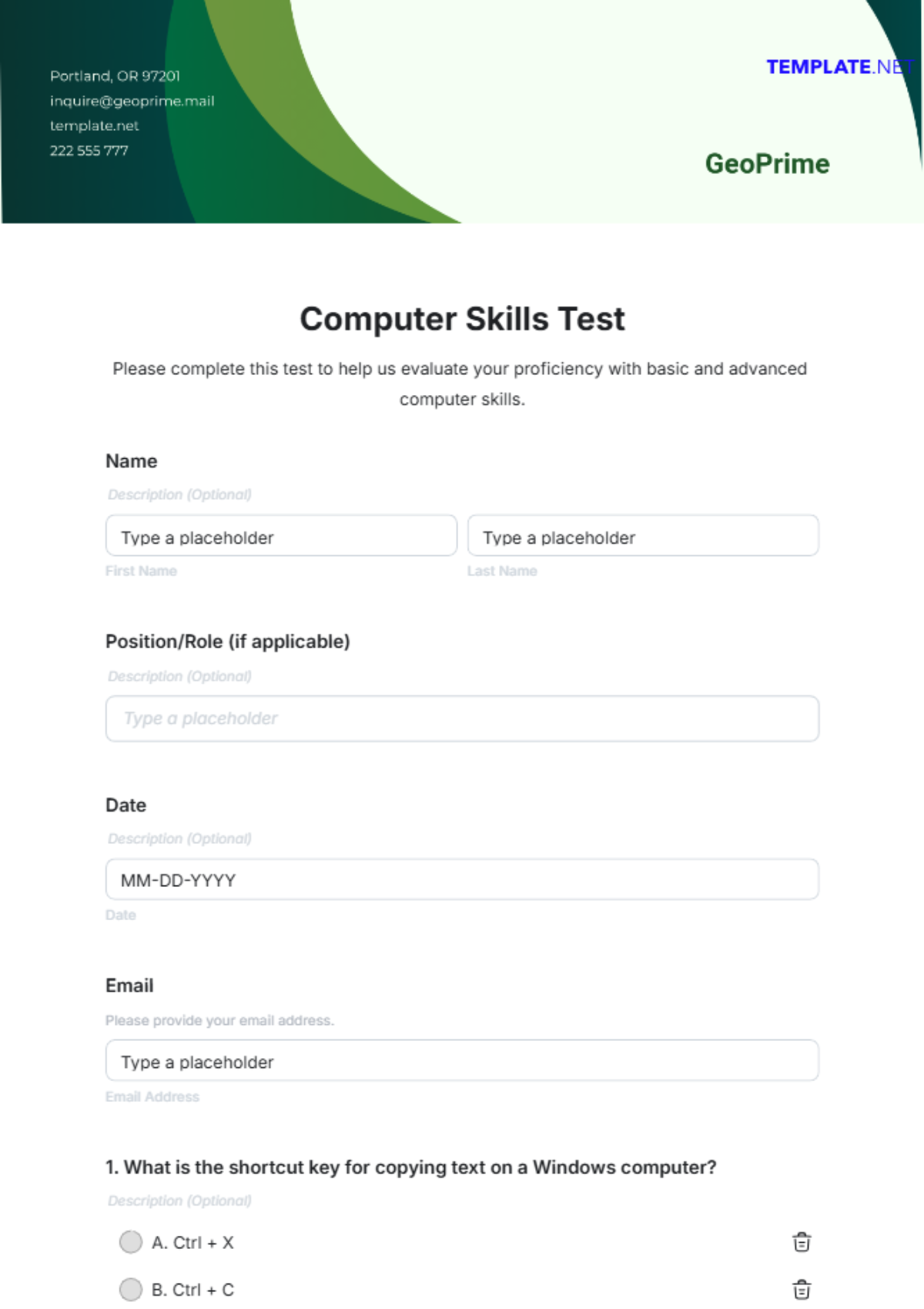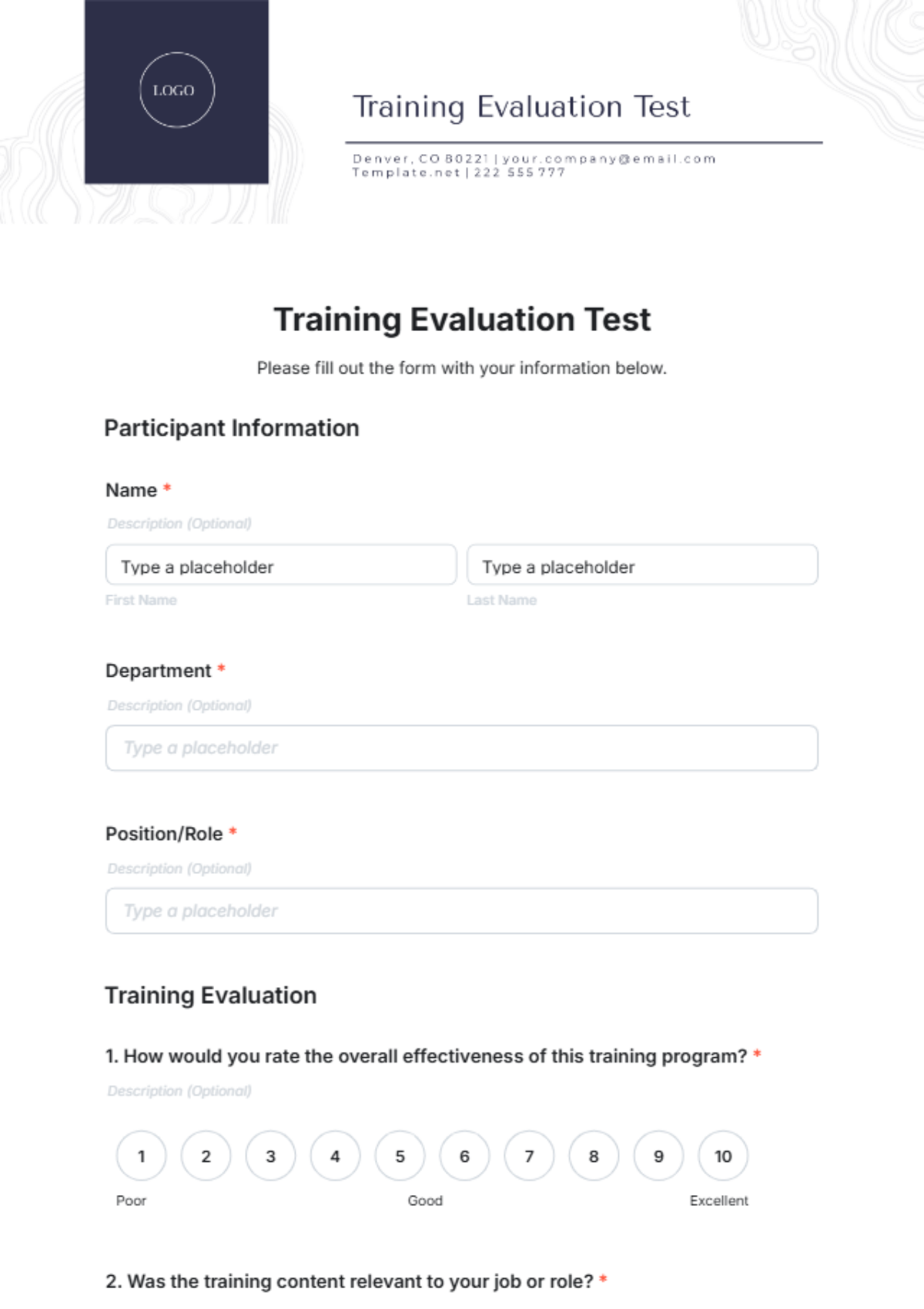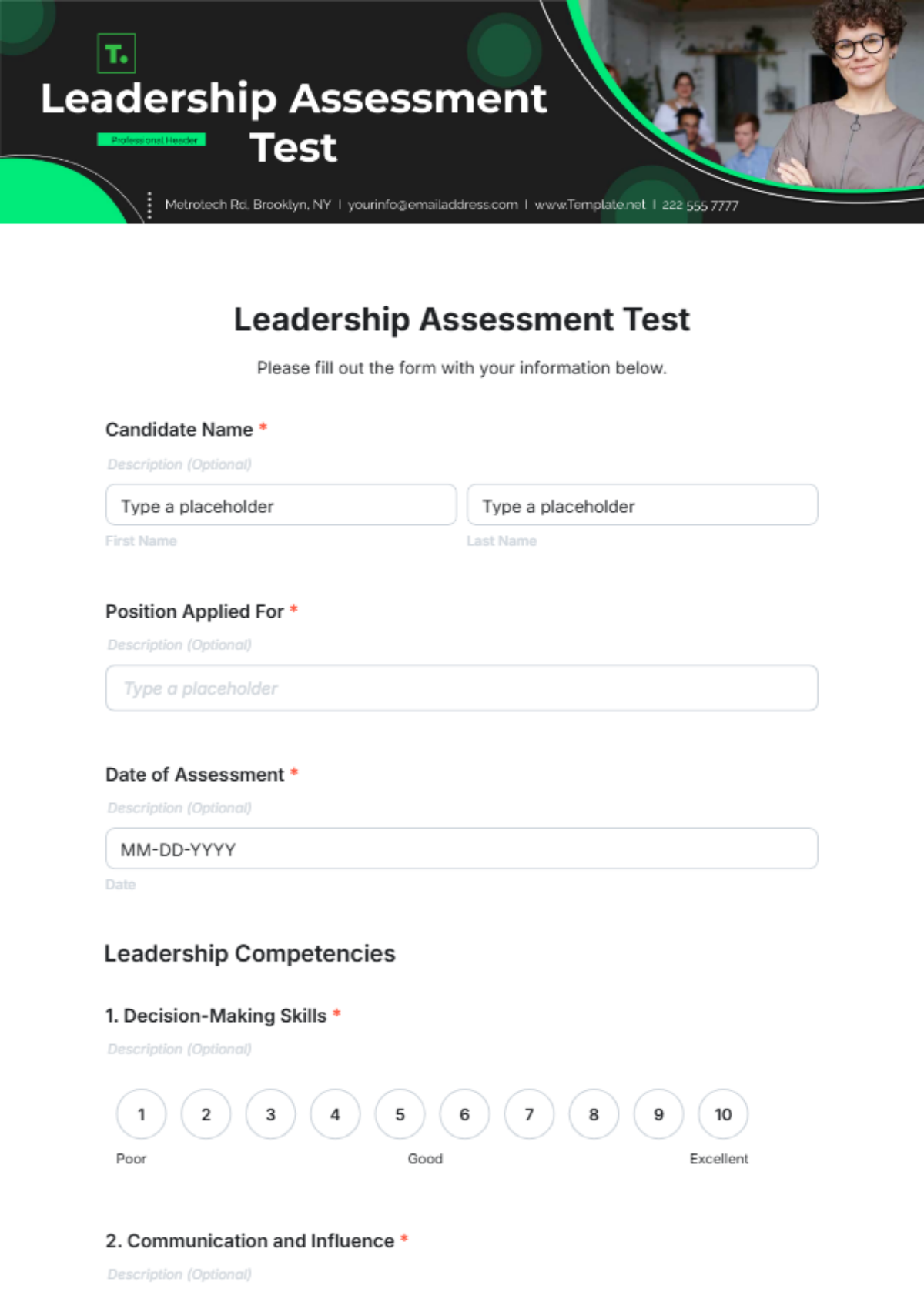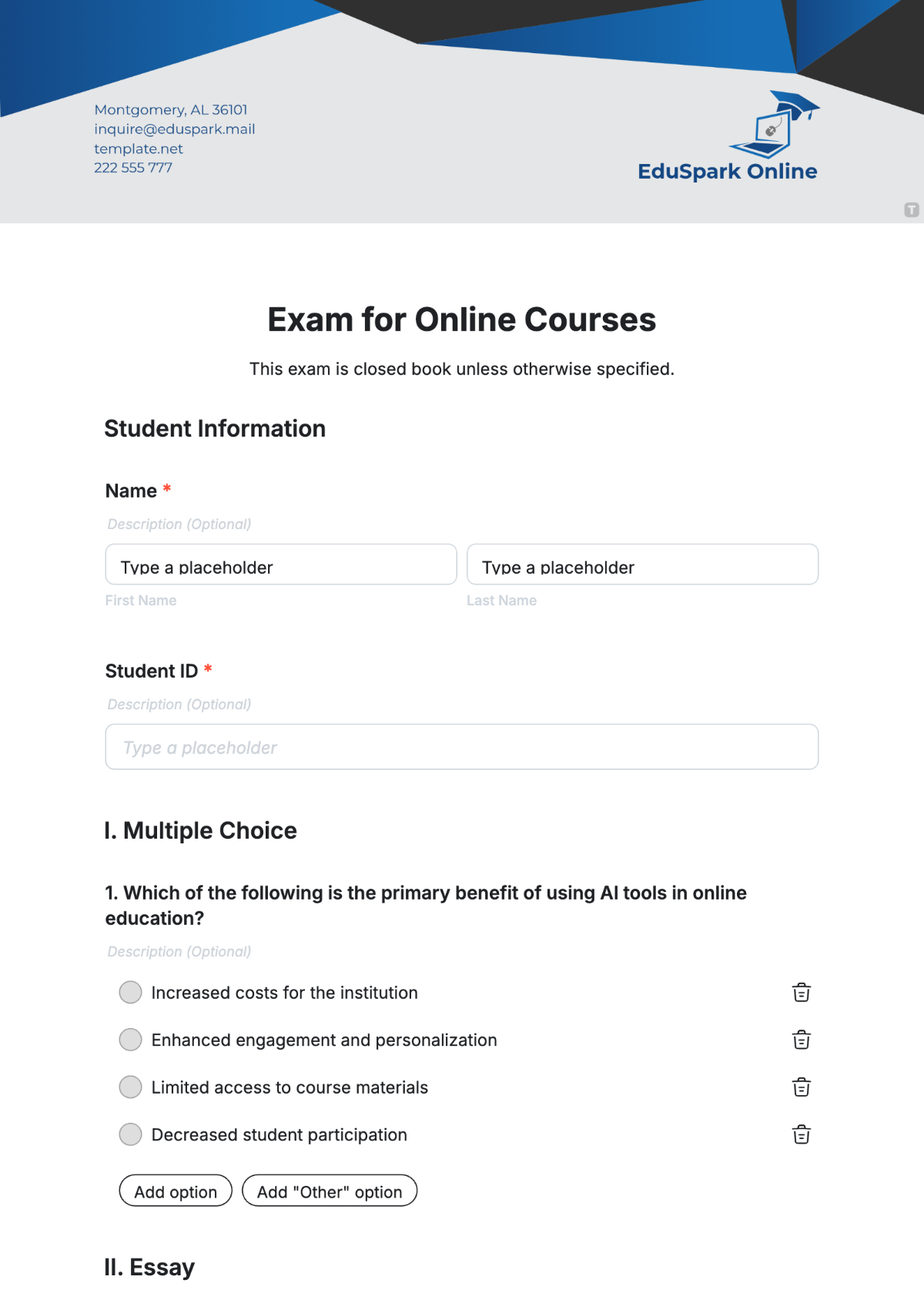Automation Test Plan
I. Introduction
Project Overview
This Automation Test Plan is designed for the Online Marketplace project under [Your Company Name].
The project aims to develop a web-based e-commerce platform that allows users to browse, purchase, and manage products online. It includes features such as user authentication, product catalog, shopping cart, payment processing, order management, and user reviews.
The goal is to create a seamless and secure shopping experience for customers while providing easy management tools for administrators.
This plan outlines the scope, approach, resources, and schedule of intended automation testing activities to ensure the project's quality and functionality.
Objective
The objective of this Automation Test Plan is to detail the testing activities required to validate the functionality and performance of the Online Marketplace. This plan aims to:
Define the testing strategy and approach.
Identify required resources and responsibilities.
Establish the test environment.
Specify the test deliverables.
Test Plan Prepared By
Name: [Your Name]
Email: [Your Email]
Contact: [Your Company Number]
II. Test Strategy
Scope of Testing
This section outlines the areas of the application that will be covered and not covered in automation testing.
In-Scope
Functional Testing: This includes testing the functionality of each feature of the application to ensure it behaves as expected.
Regression Testing: Ensuring that new code changes do not adversely affect existing functionalities.
Integration Testing: Verifying that different modules or components of the application work together seamlessly.
Out-of-Scope
Performance Testing: This involves testing the application's performance under load, which is not covered in this plan.
Security Testing: Ensuring the application is secure from unauthorized access and vulnerabilities, which is not covered in this plan.
Types of Testing
The following types of testing will be performed:
Unit Testing: Testing individual components or modules of the application in isolation.
System Testing: Testing the entire system as a whole.
User Acceptance Testing (UAT): Testing the application with end-users to ensure it meets their requirements.
III. Test Environment
Hardware Requirements
Server: Intel Core i7, 16GB RAM, 1TB HDD
Client Machines: Intel Core i5, 8GB RAM, 500GB HDD
Software Requirements
Operating System: Windows 10 Pro
Automation Tools: Selenium WebDriver, version 3.141.59
Browsers: Chrome, Firefox, Edge (latest versions)
IV. Test Deliverables
Test Documentations
The following documents will be prepared and delivered:
Test Plan Document
Test Cases
Test Scripts
Test Reports
Test Scripts
Automated test scripts will be delivered in the following format:
Script File: Java files using TestNG framework
Documentation: Detailed comments within the code explaining the purpose of each test case and step
V. Schedule
Milestones
The following milestones will be tracked during the testing process:
Milestone | Date |
|---|---|
Test Planning Completion | January 1, 2050 |
Test Case Design Completion | January 15, 2050 |
Test Environment Setup Completion | February 1, 2050 |
Test Execution Start | February 15, 2050 |
Test Execution End | March 15, 2050 |
Test Closure | March 31, 2050 |
VI. Resources and Responsibilities
Roles and Responsibilities
The following are the roles involved in the automation testing process and their respective responsibilities:
Role | Responsibility |
|---|---|
Test Manager | Oversees the entire testing process |
Test Lead | Plans and coordinates test activities |
Test Analyst | Design test cases and scripts |
Test Engineer | Executes test cases and records results |
VII. Risk Management
Potential Risks and Mitigation
Potential risks associated with the testing process include:
Tool Compatibility Issues: Ensure thorough compatibility testing beforehand.
Resource Constraints: Plan for additional resources and backup team members.
Environment Setup Delays: Have fallback setups and contingency plans.
Risk Management Plan
A risk management plan includes the following steps:
Identify potential risks.
Assess the impact and likelihood of each risk.
Develop mitigation strategies and contingency plans.
Monitor and review risks continuously.
VIII. Approval
By signing below, the stakeholders acknowledge and approve this Automation Test Plan.
Role | Name | Signature | Date |
|---|---|---|---|
Project Manager | [Project Manager Name] |
| January 1, 2050 |
Test Manager | [Test Manager Name] |
| January 1, 2050 |
Client Representative | [Client Representative Name] |
| January 1, 2050 |
This Test Plan is under the organization, [Your Company Name]. Prepared by [Your Name].

